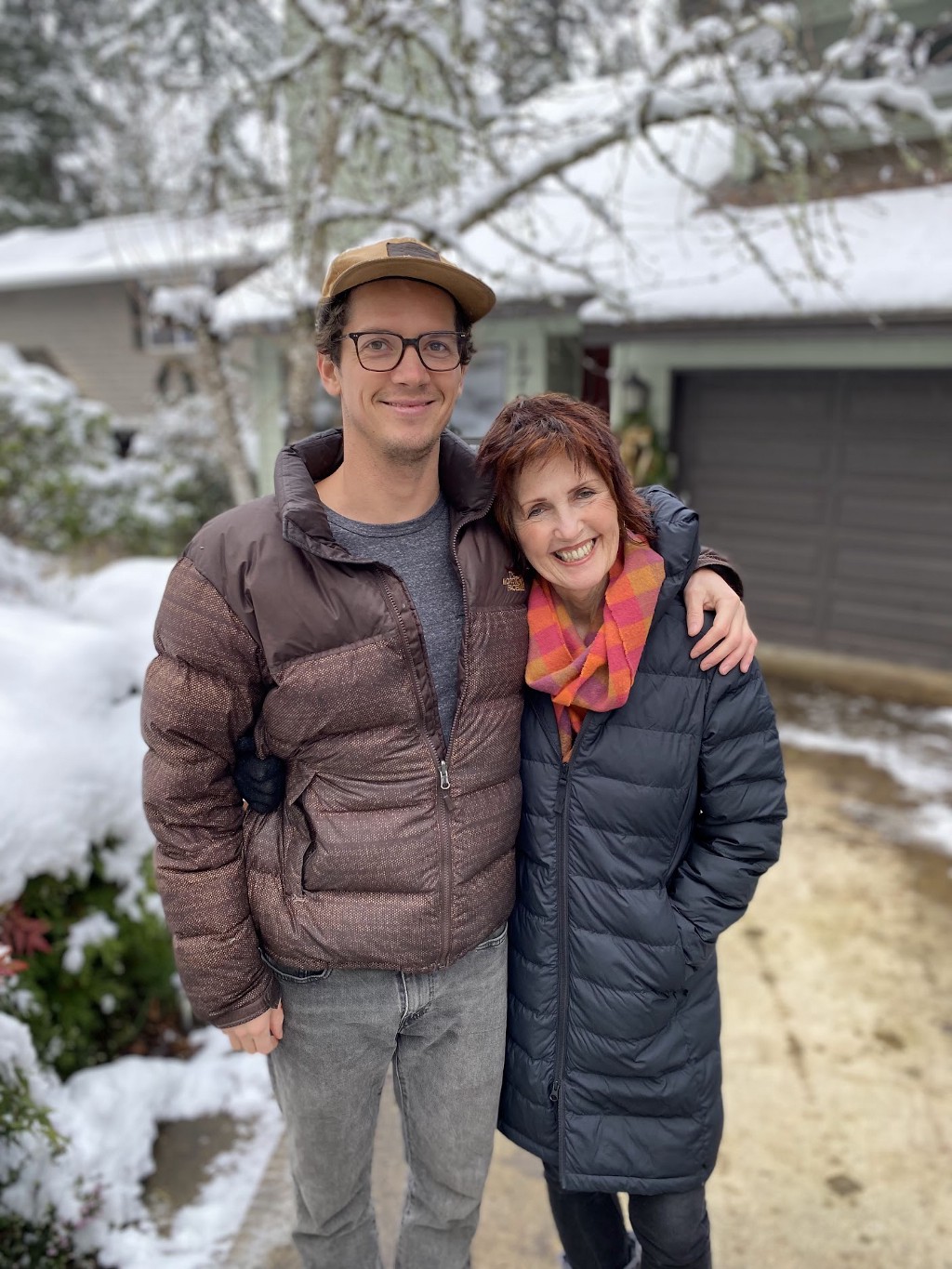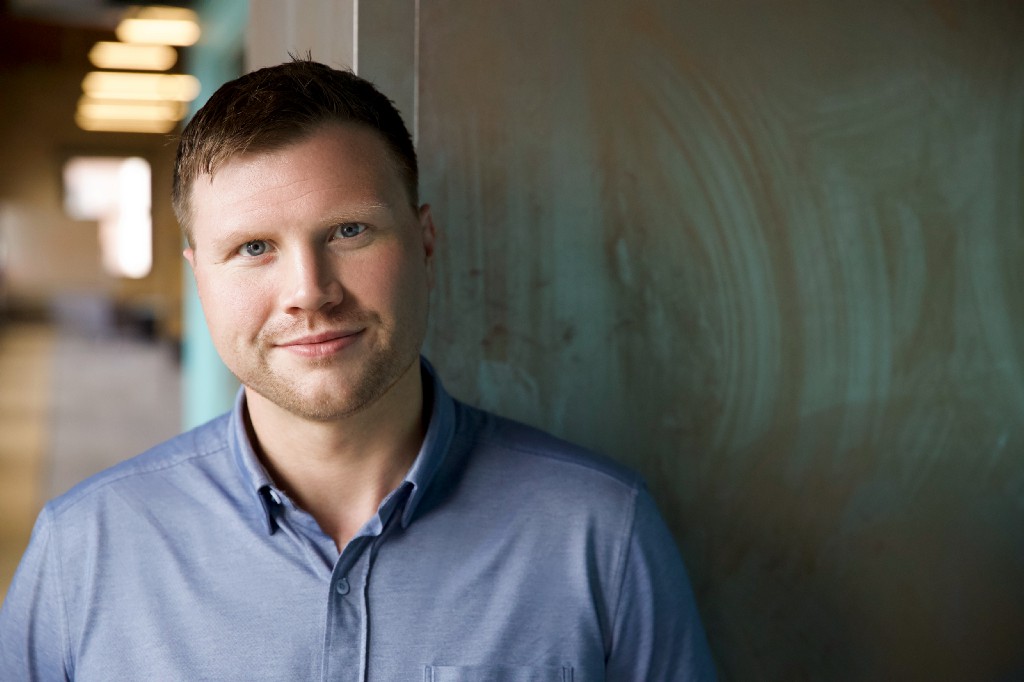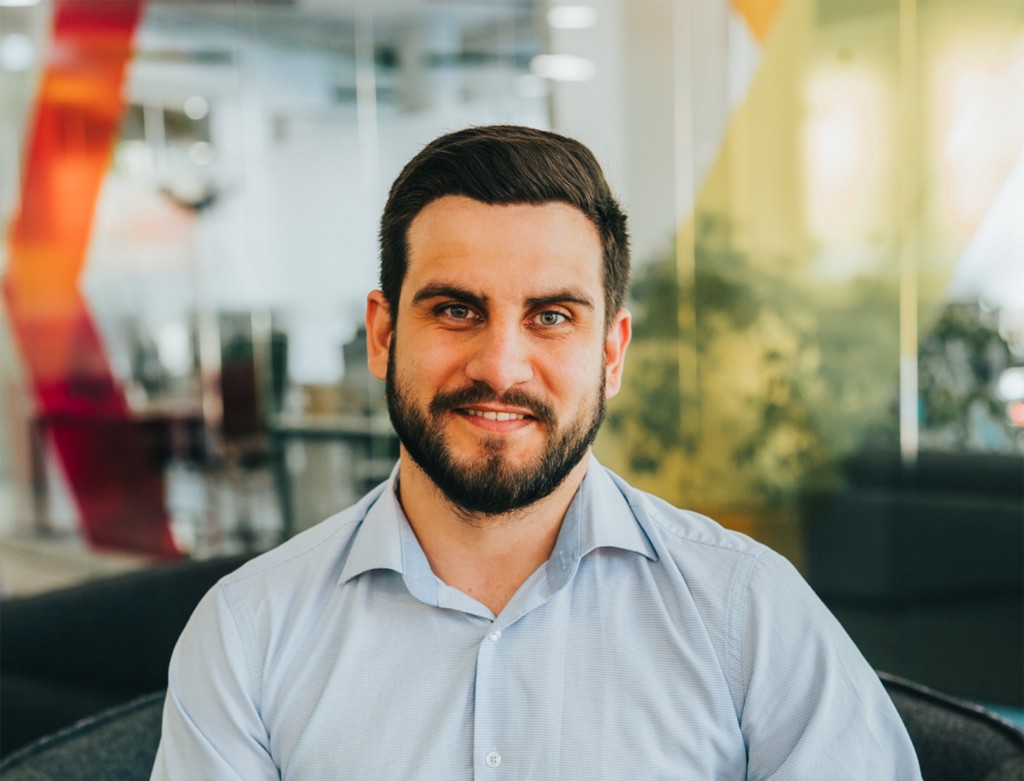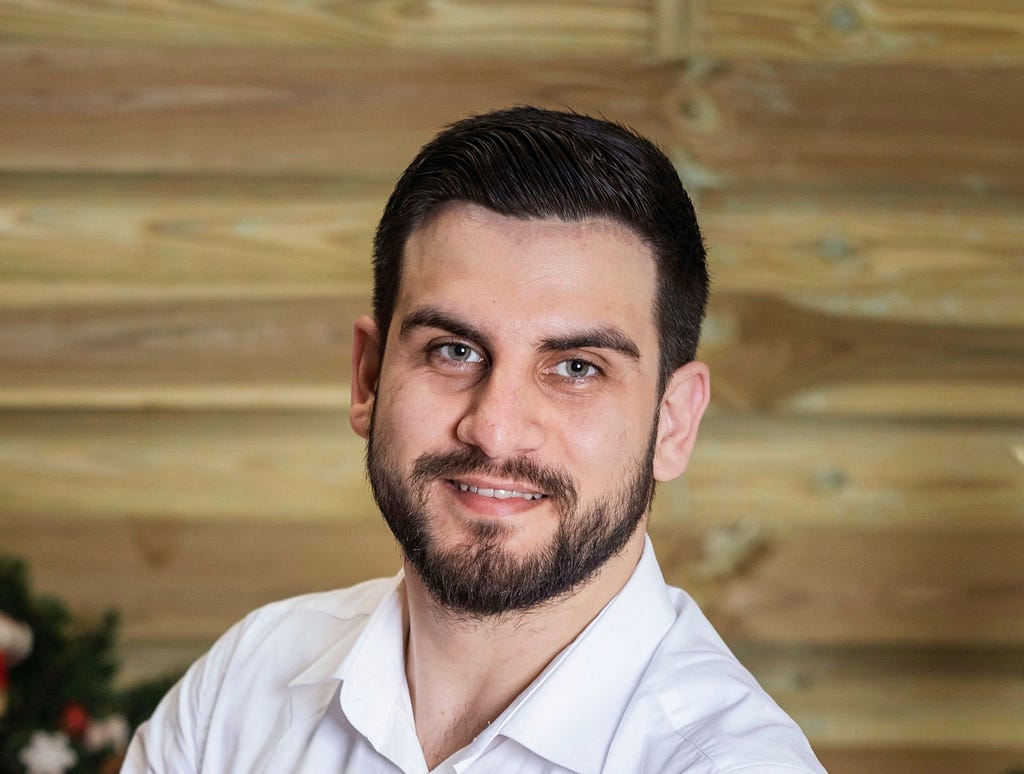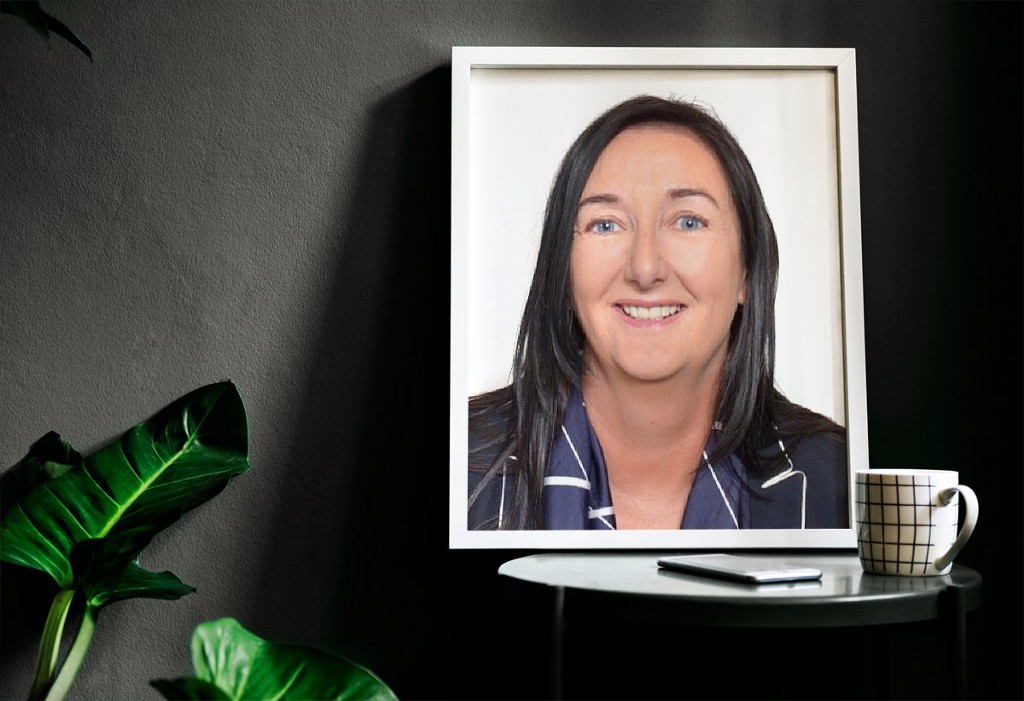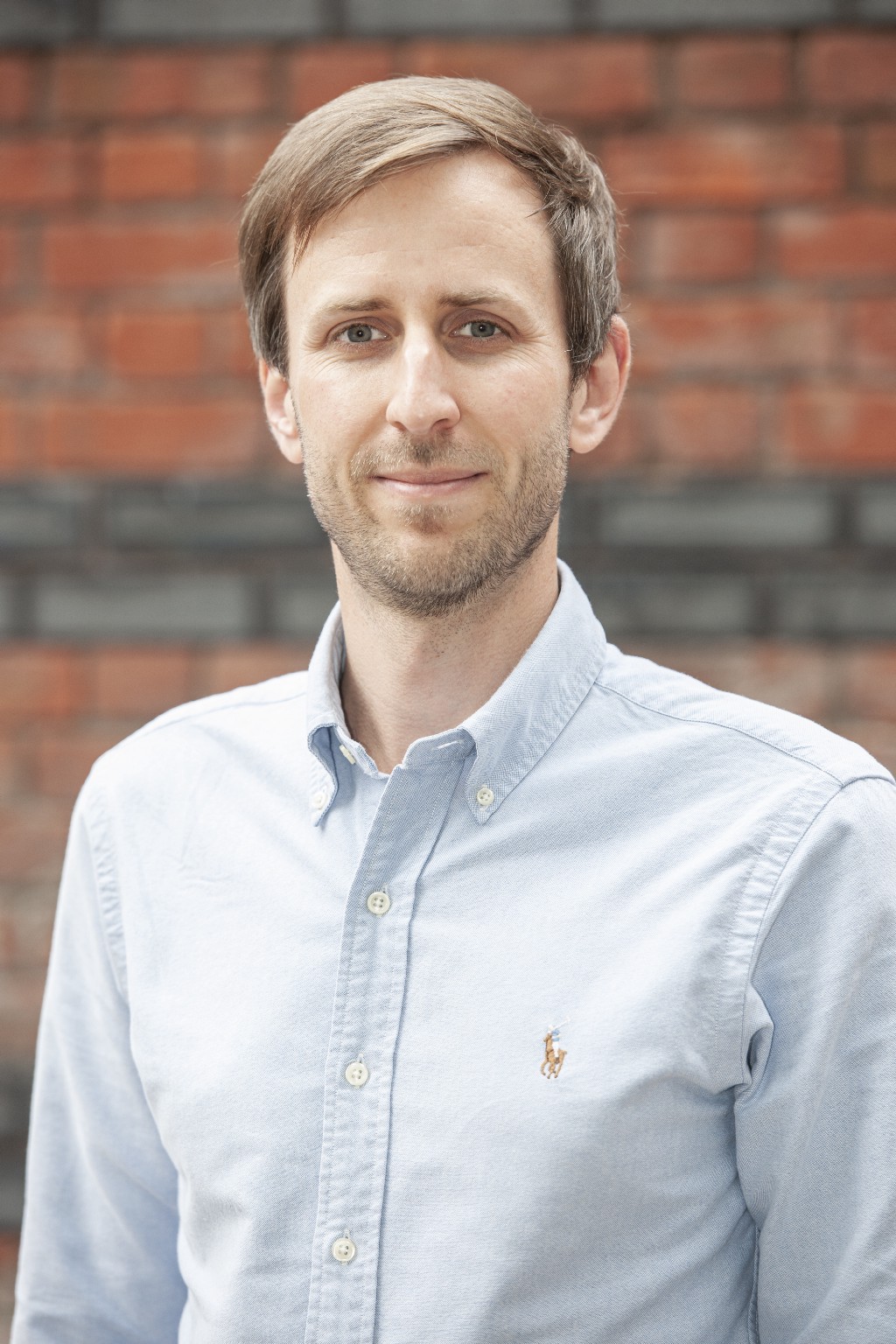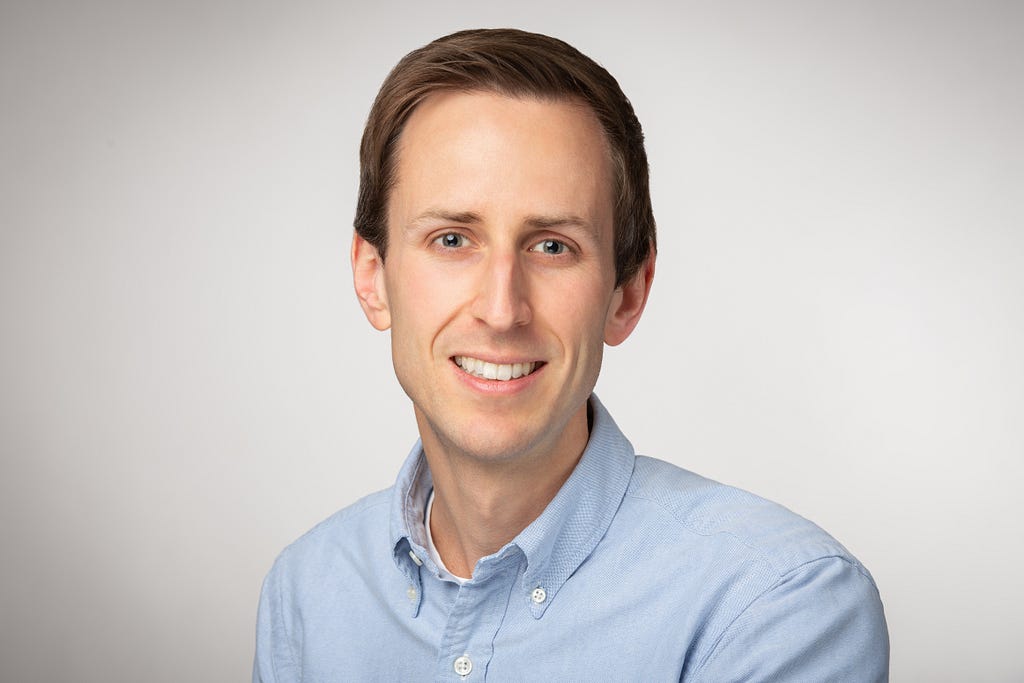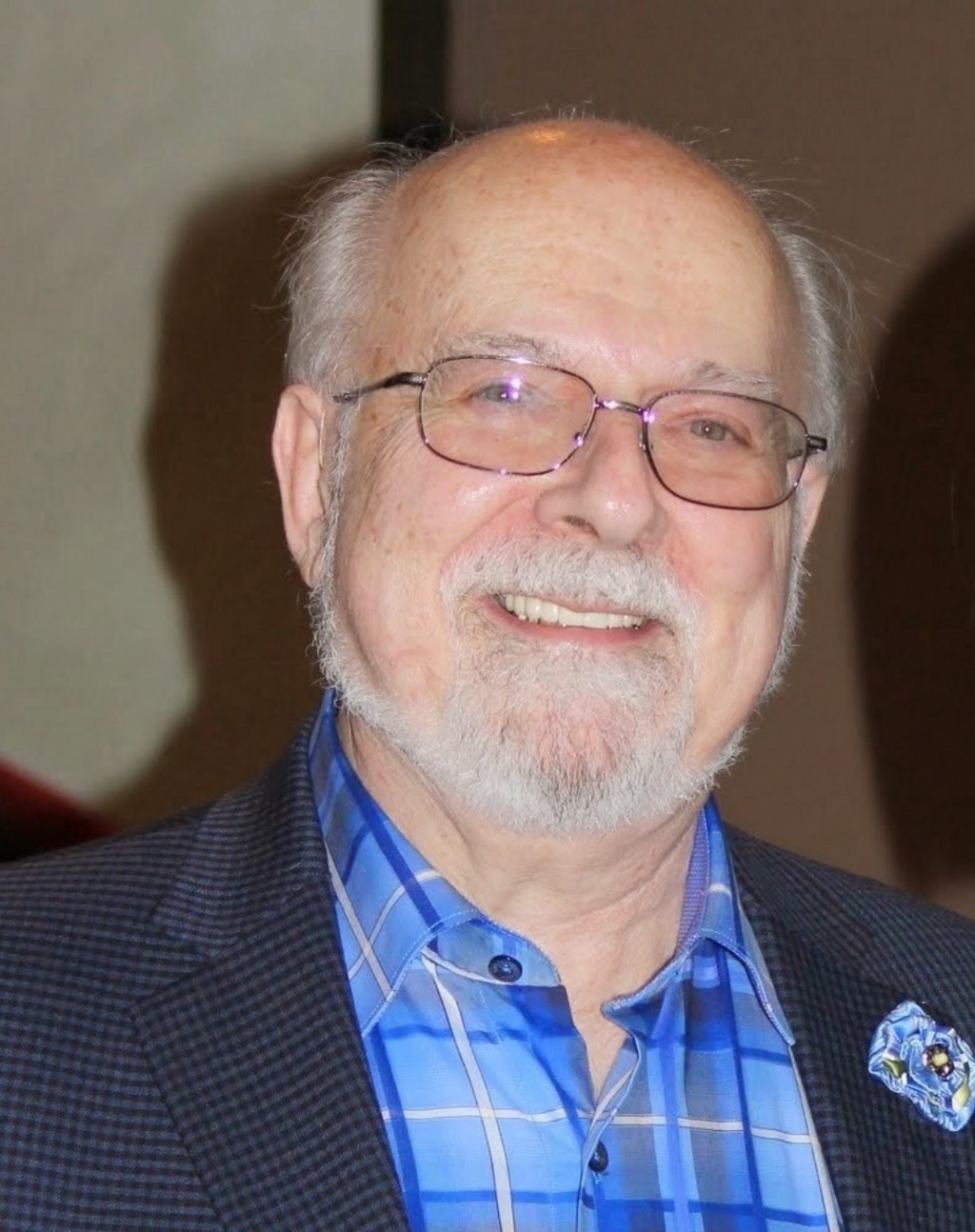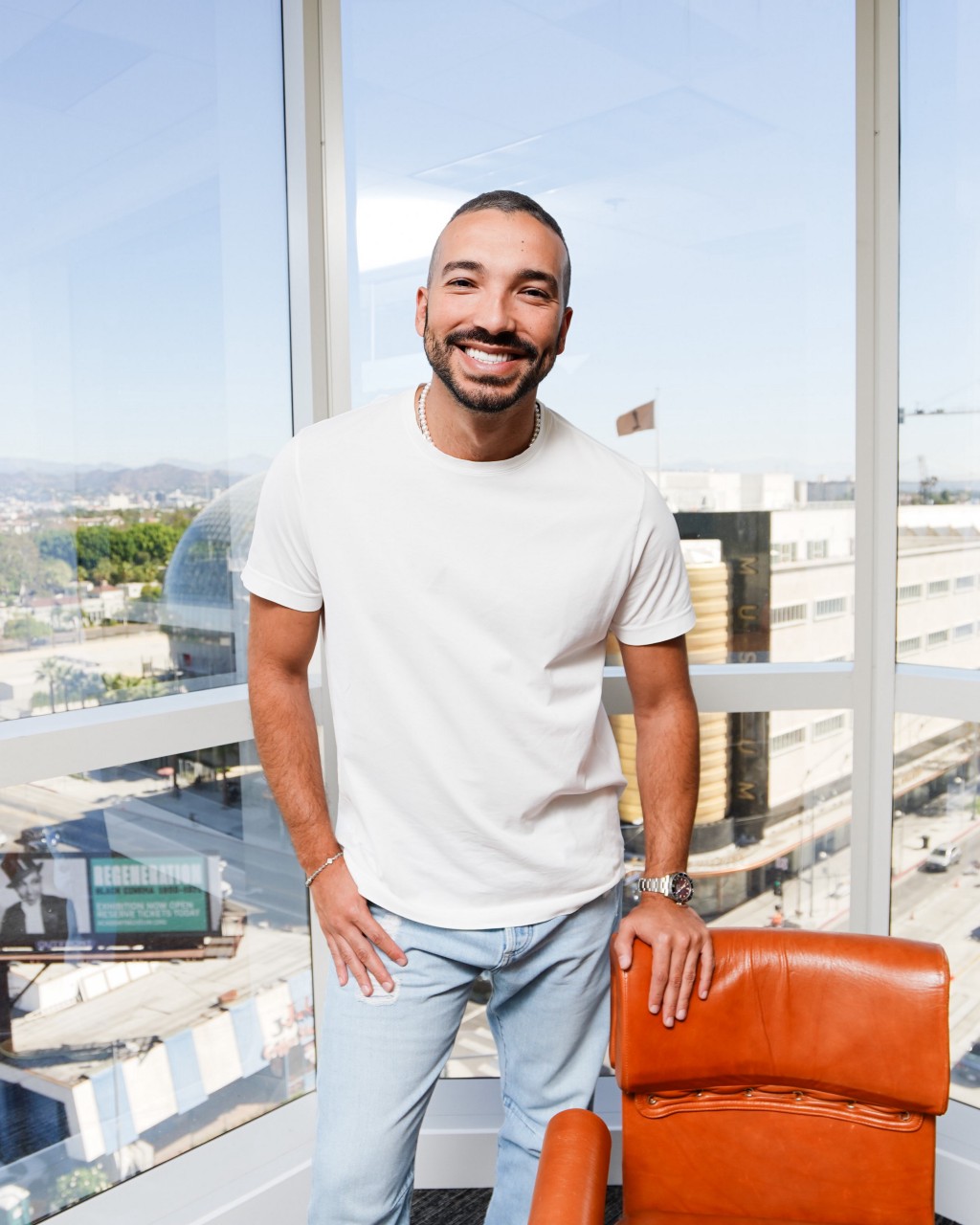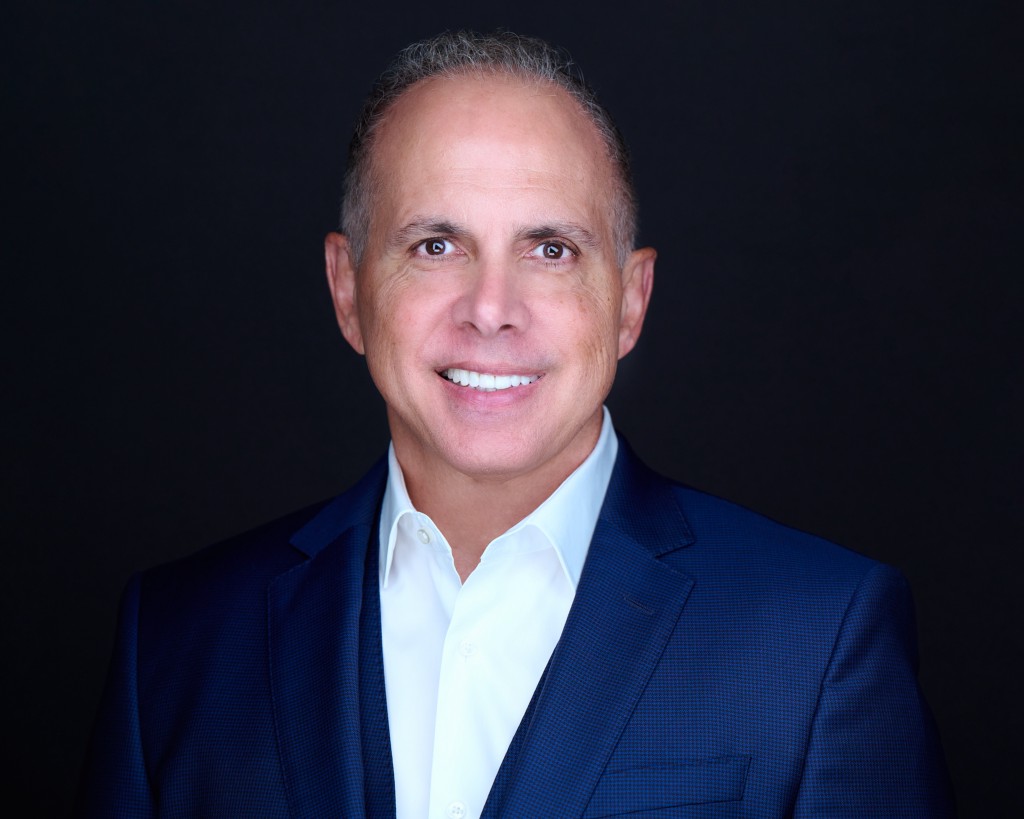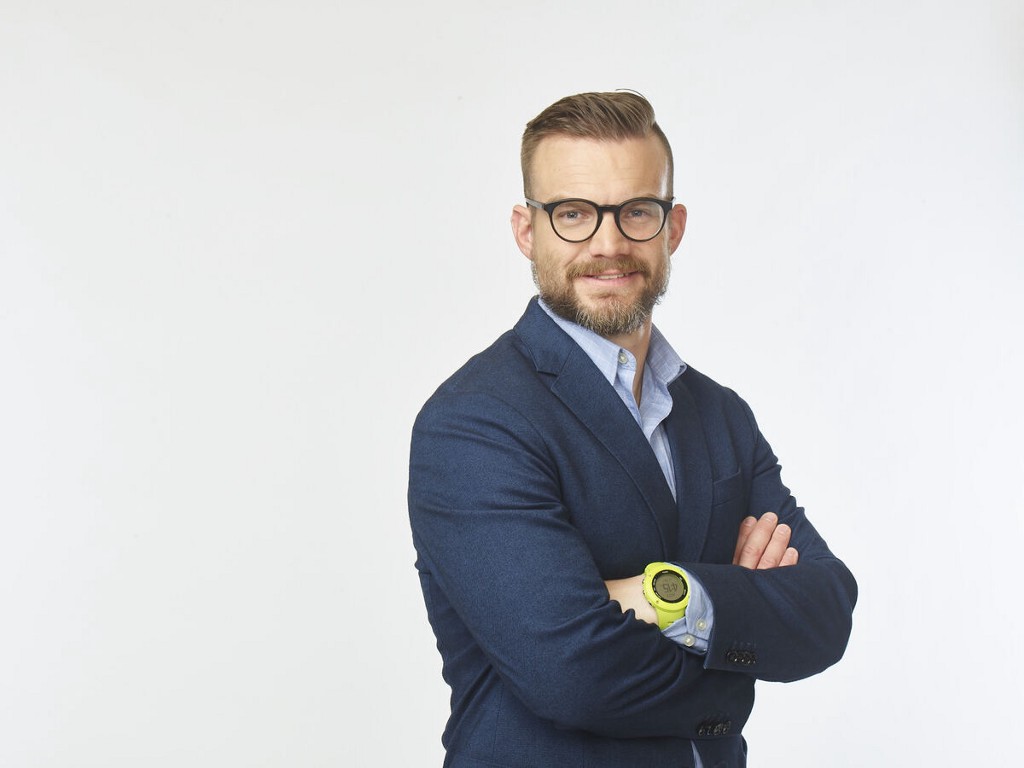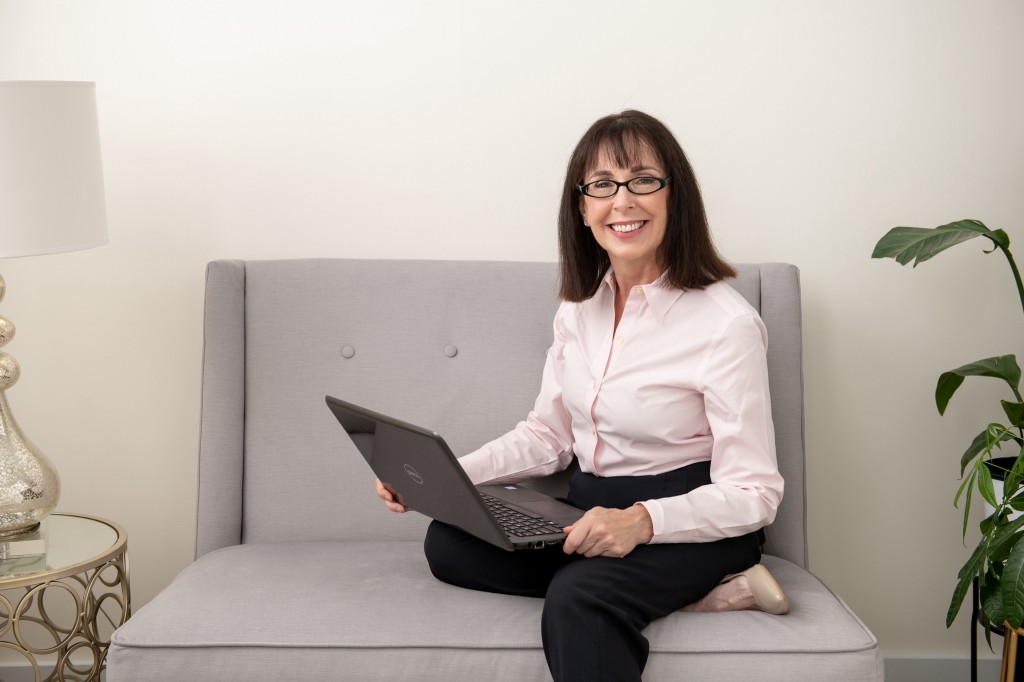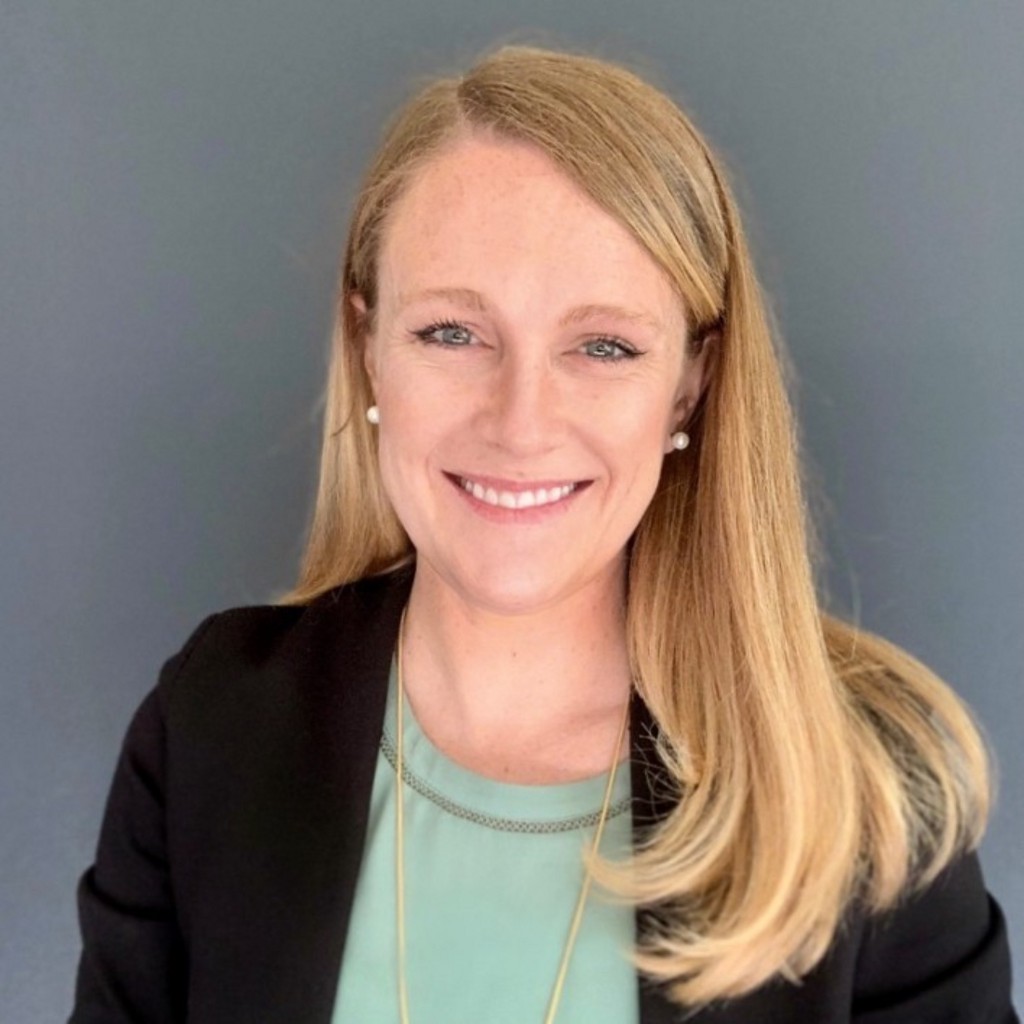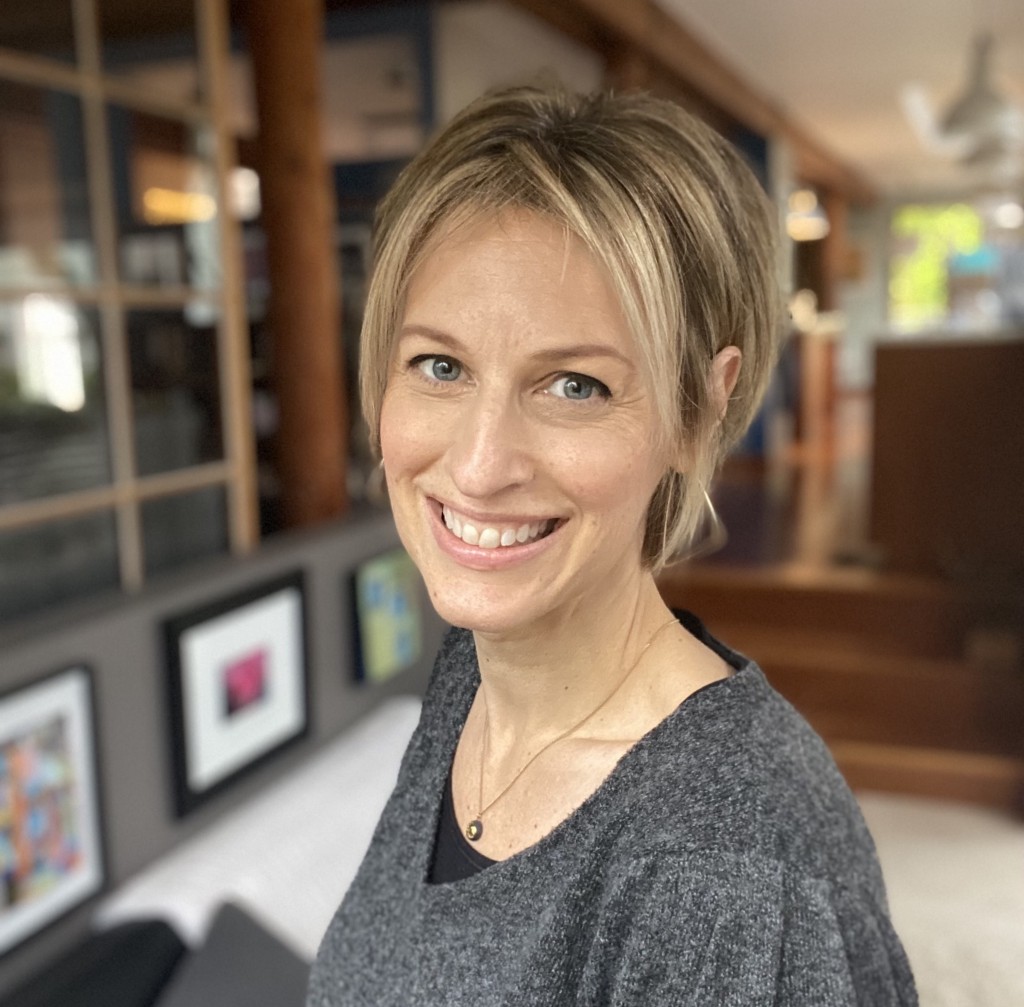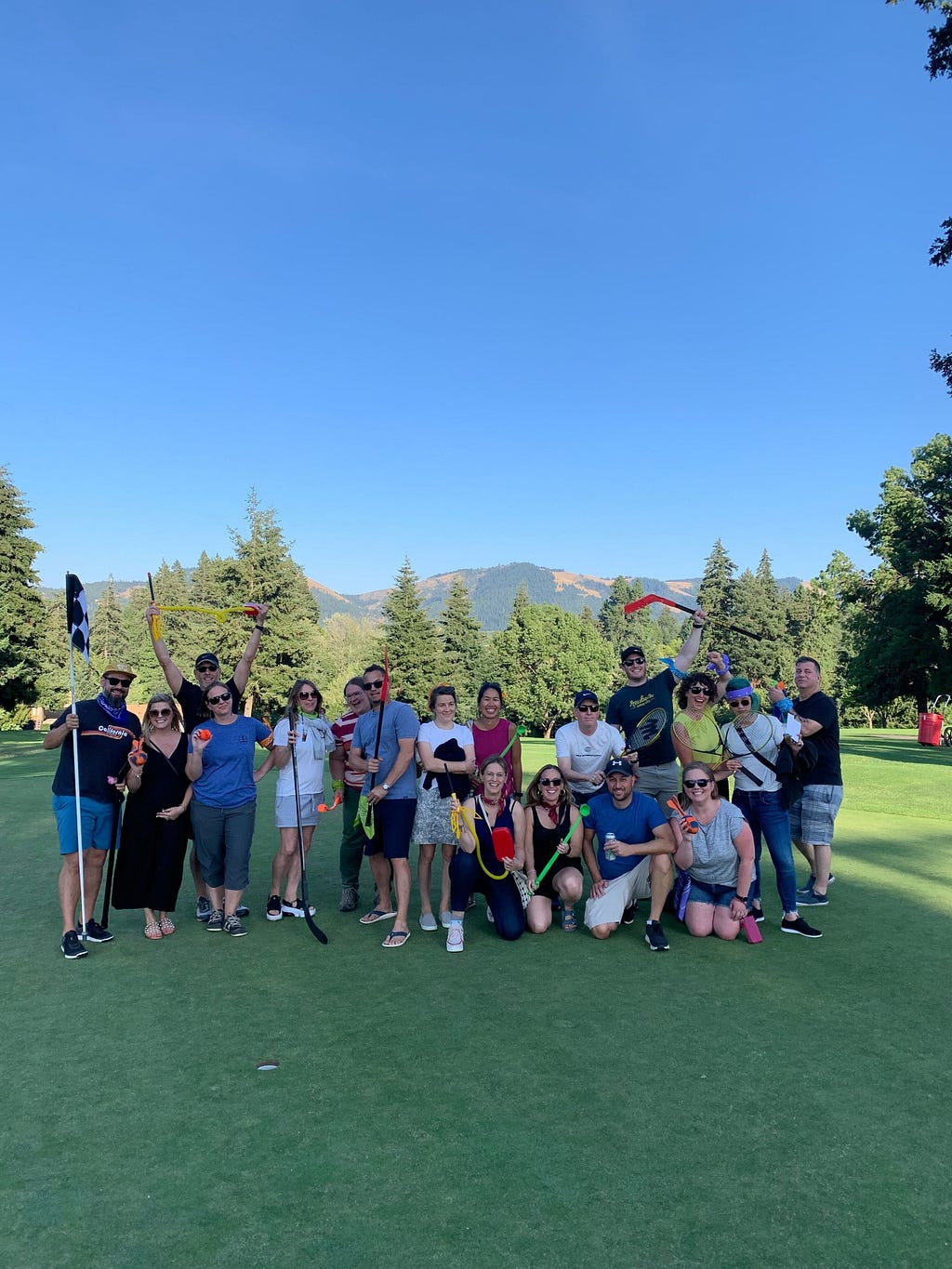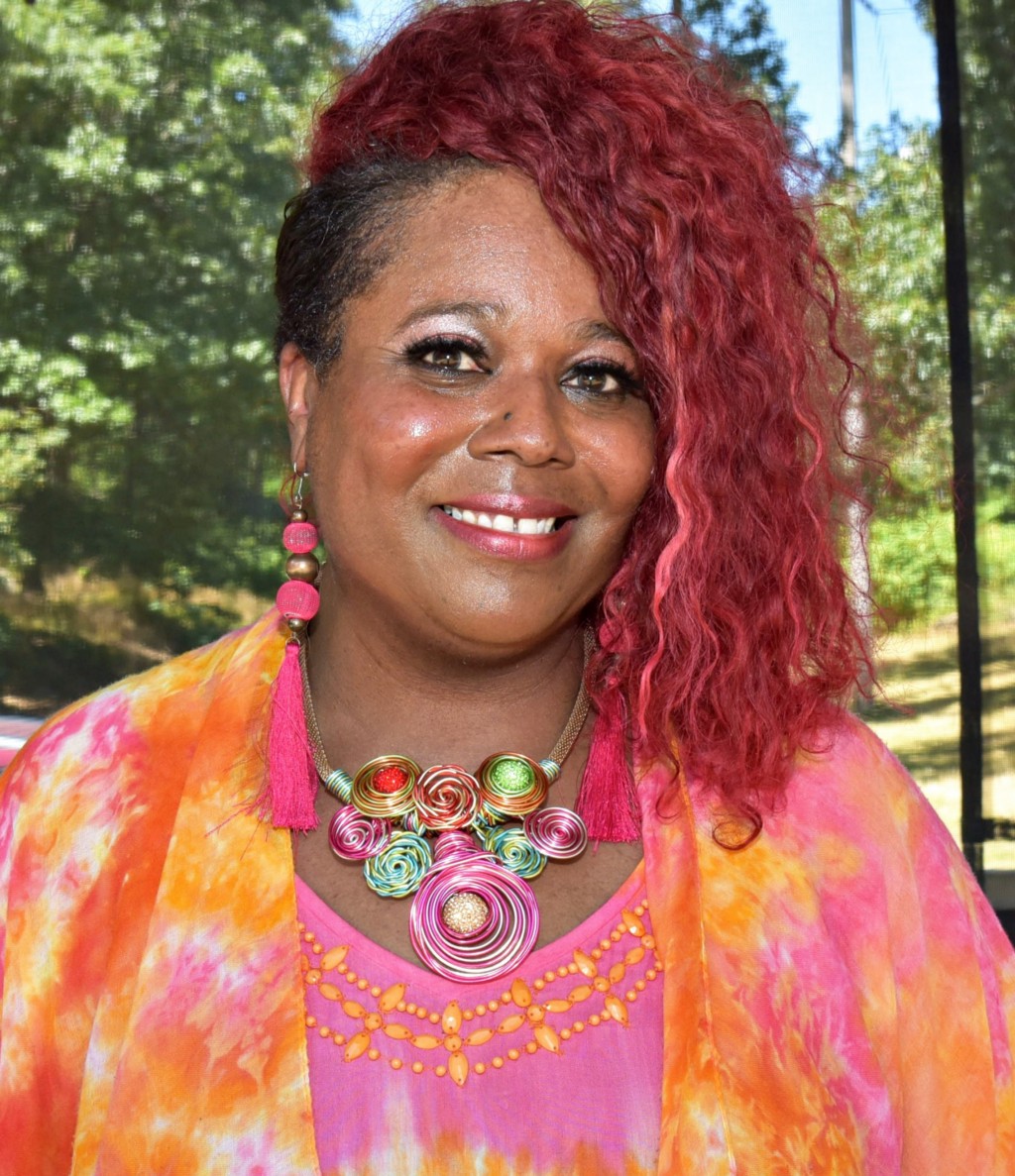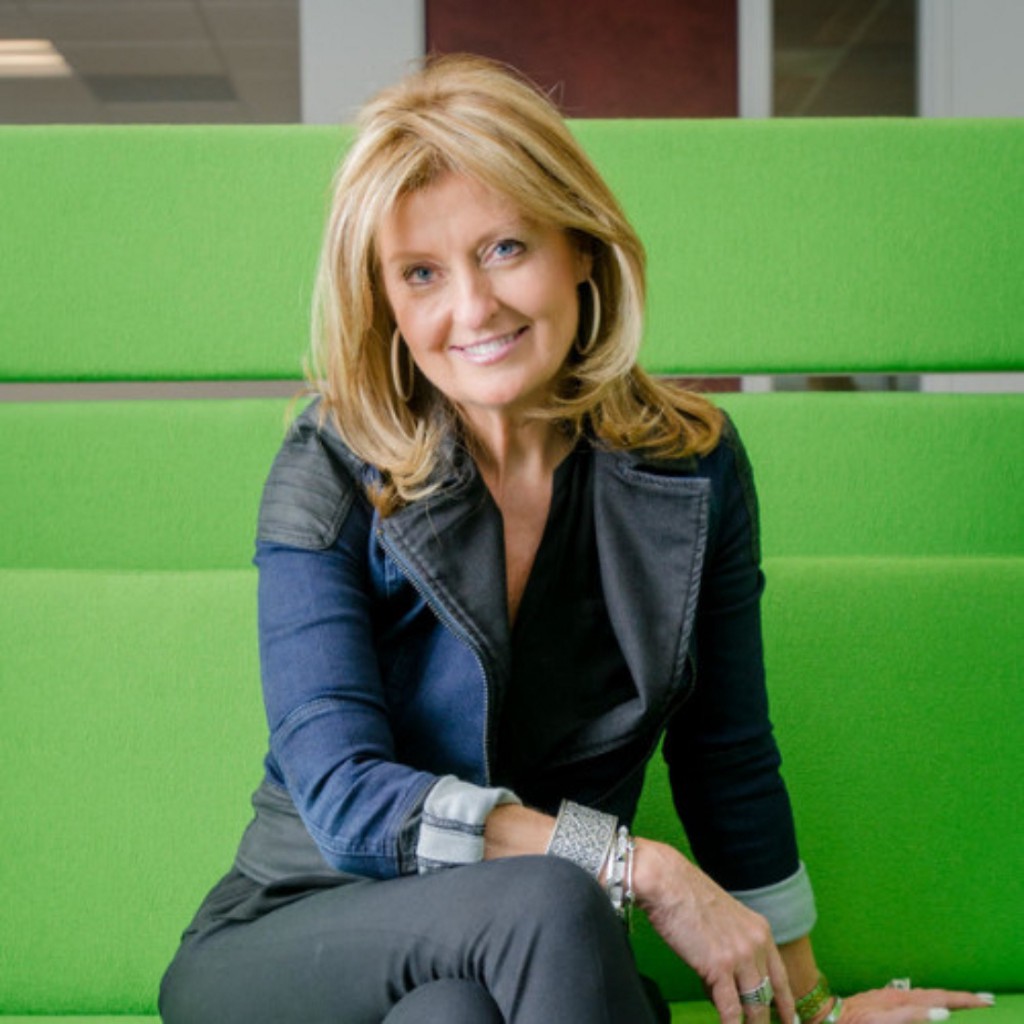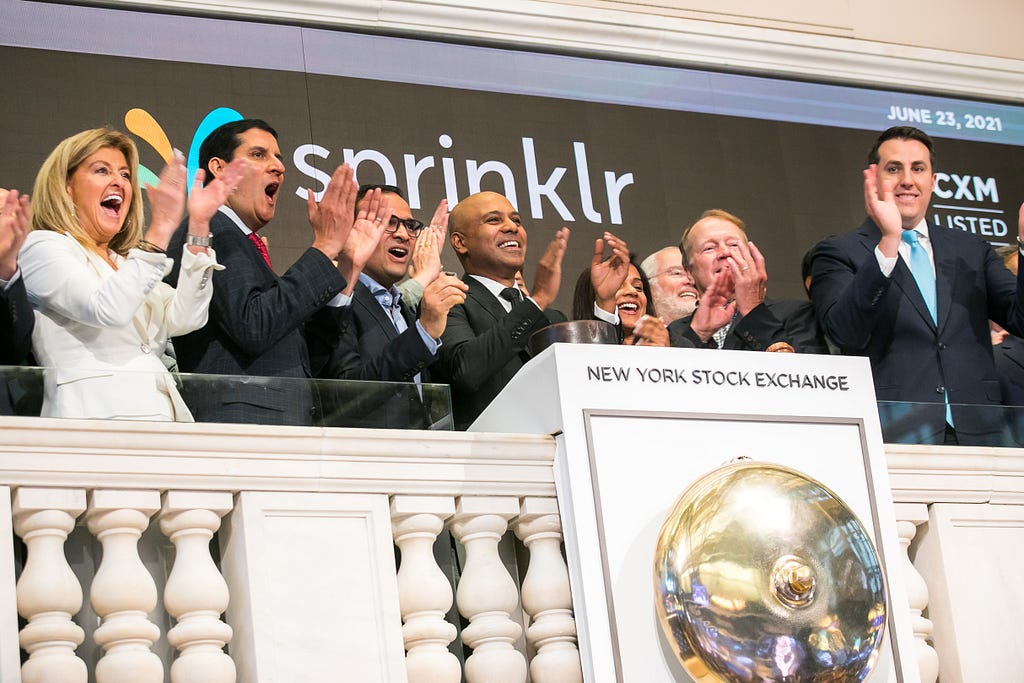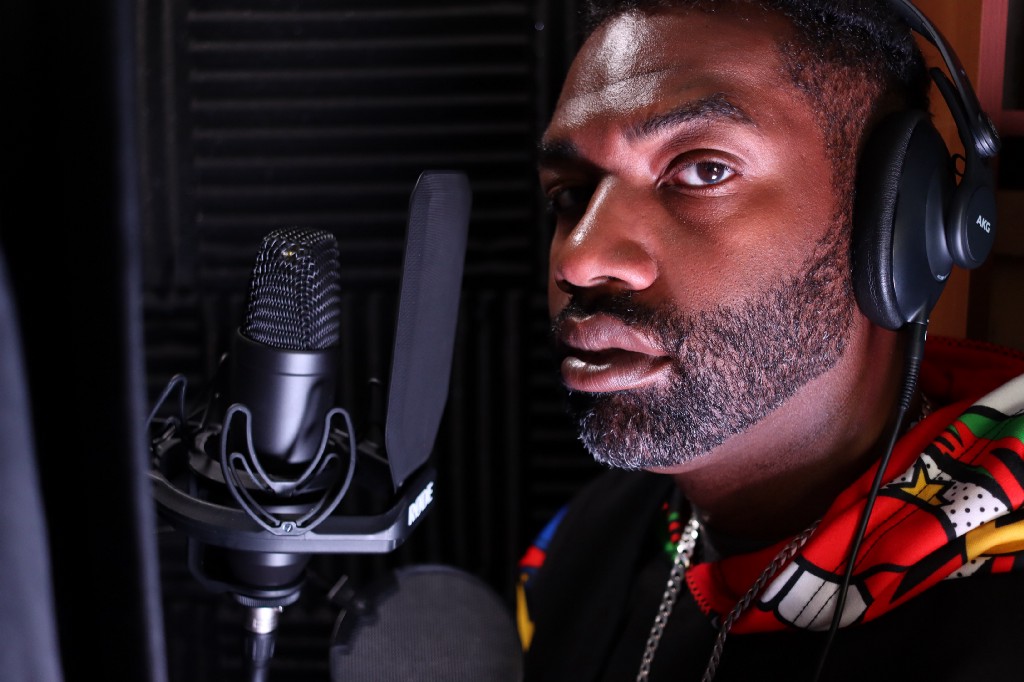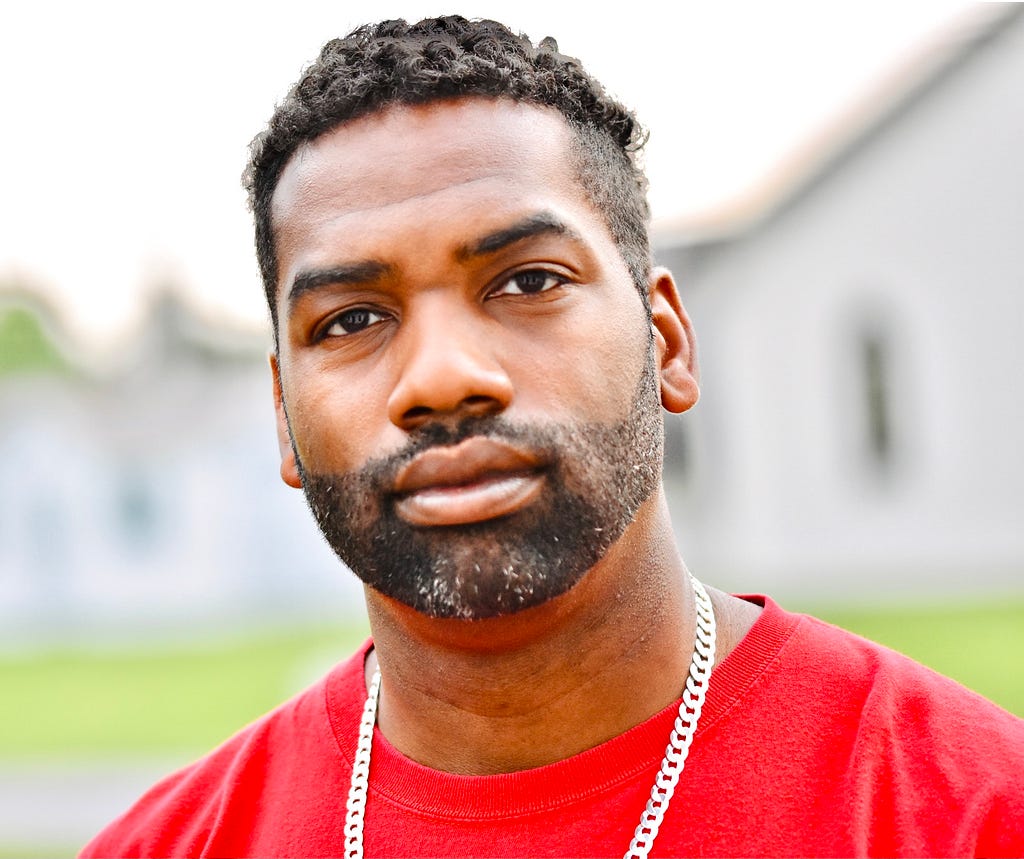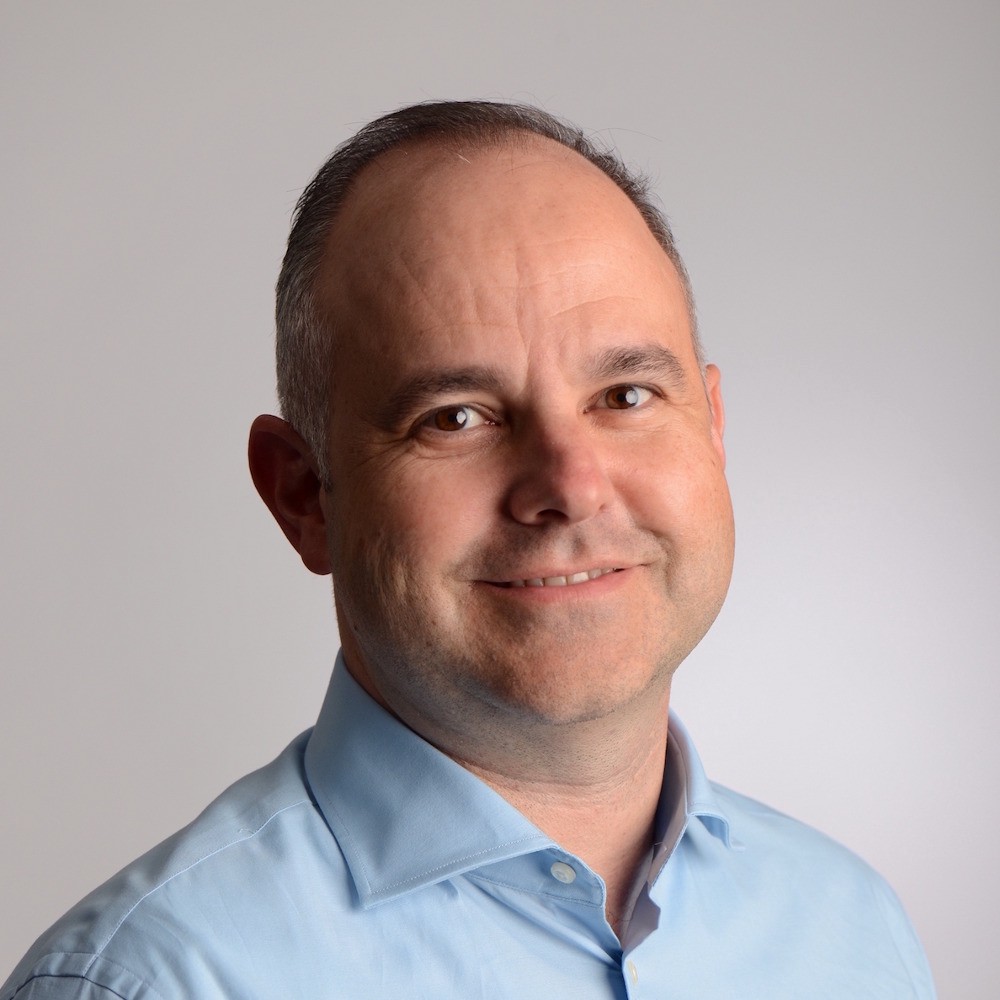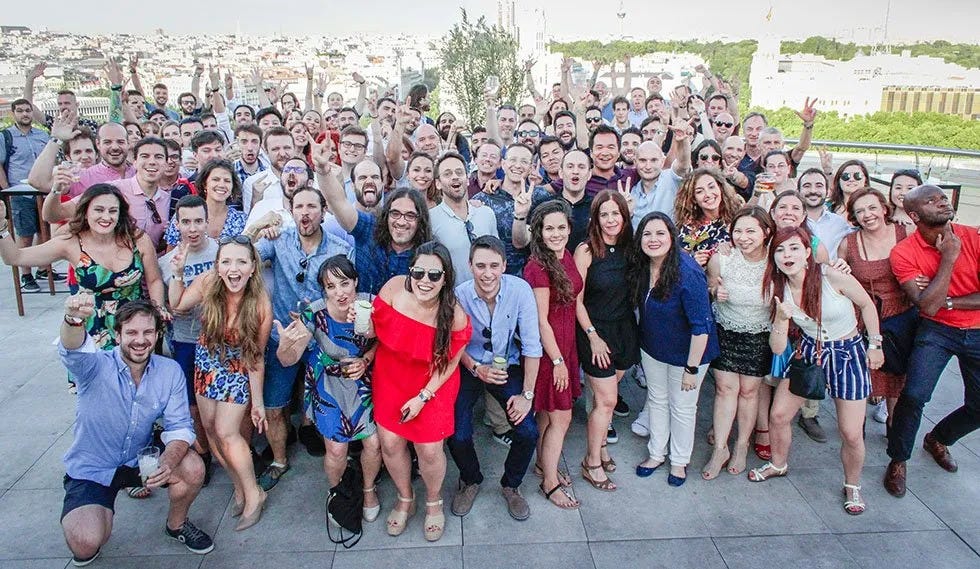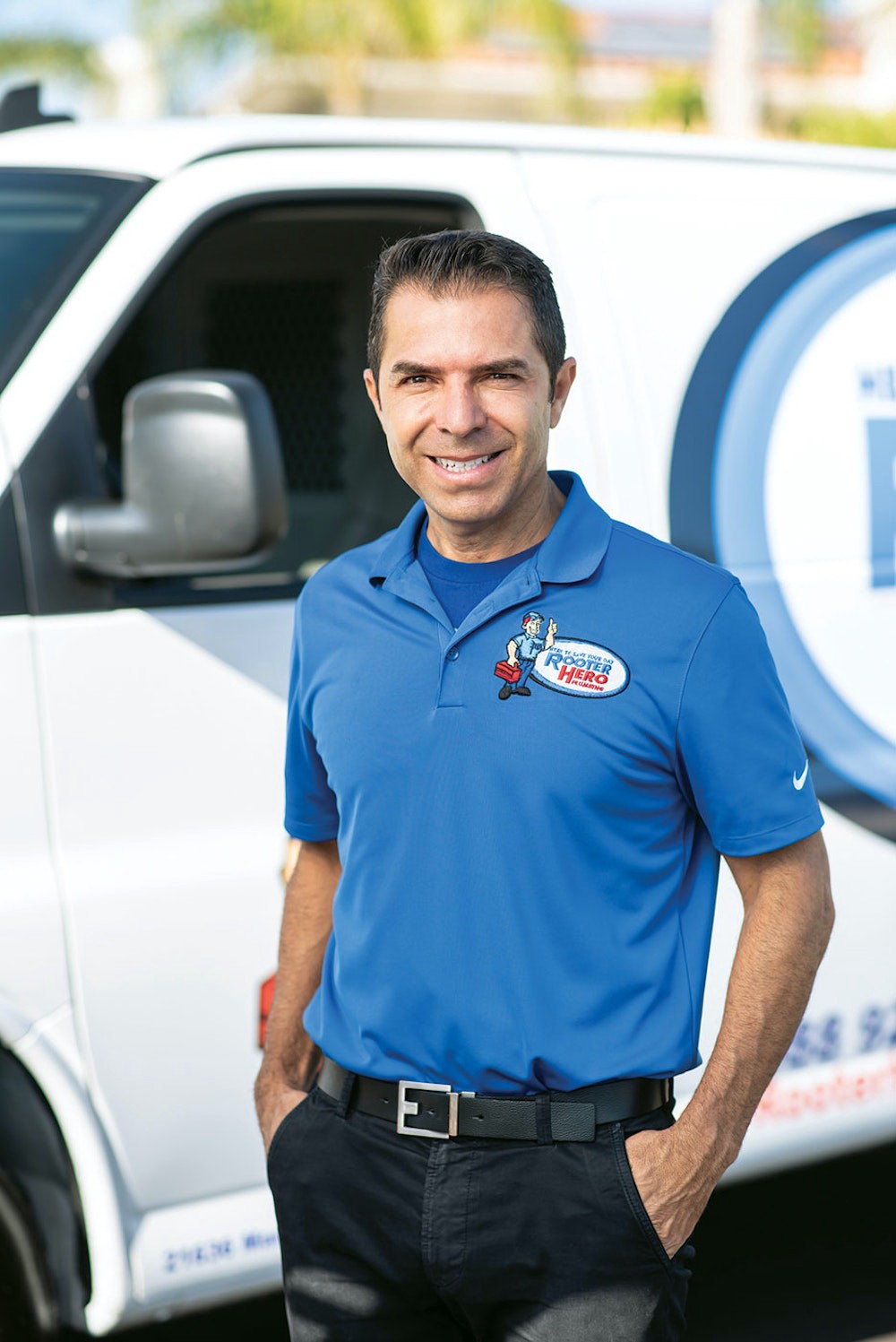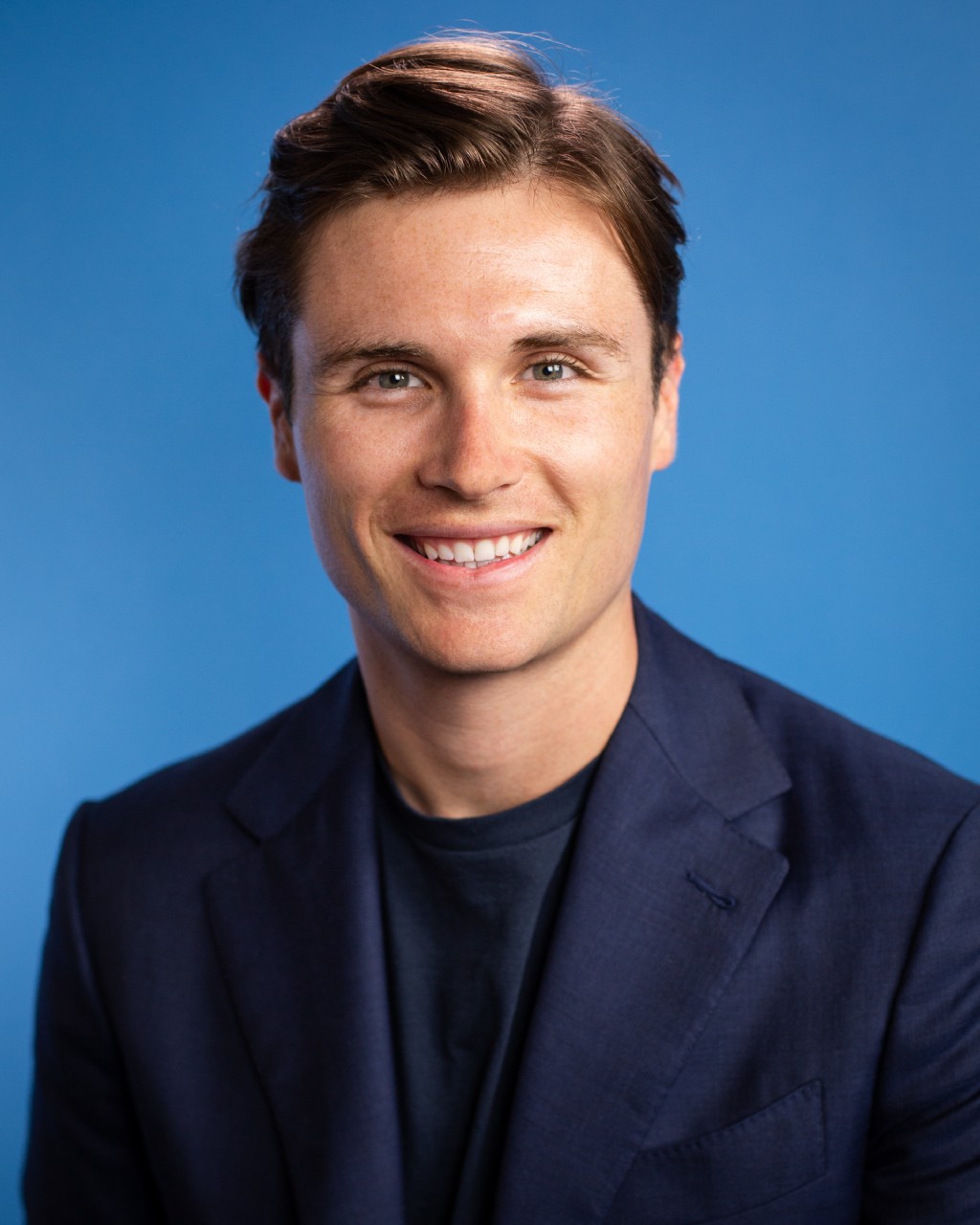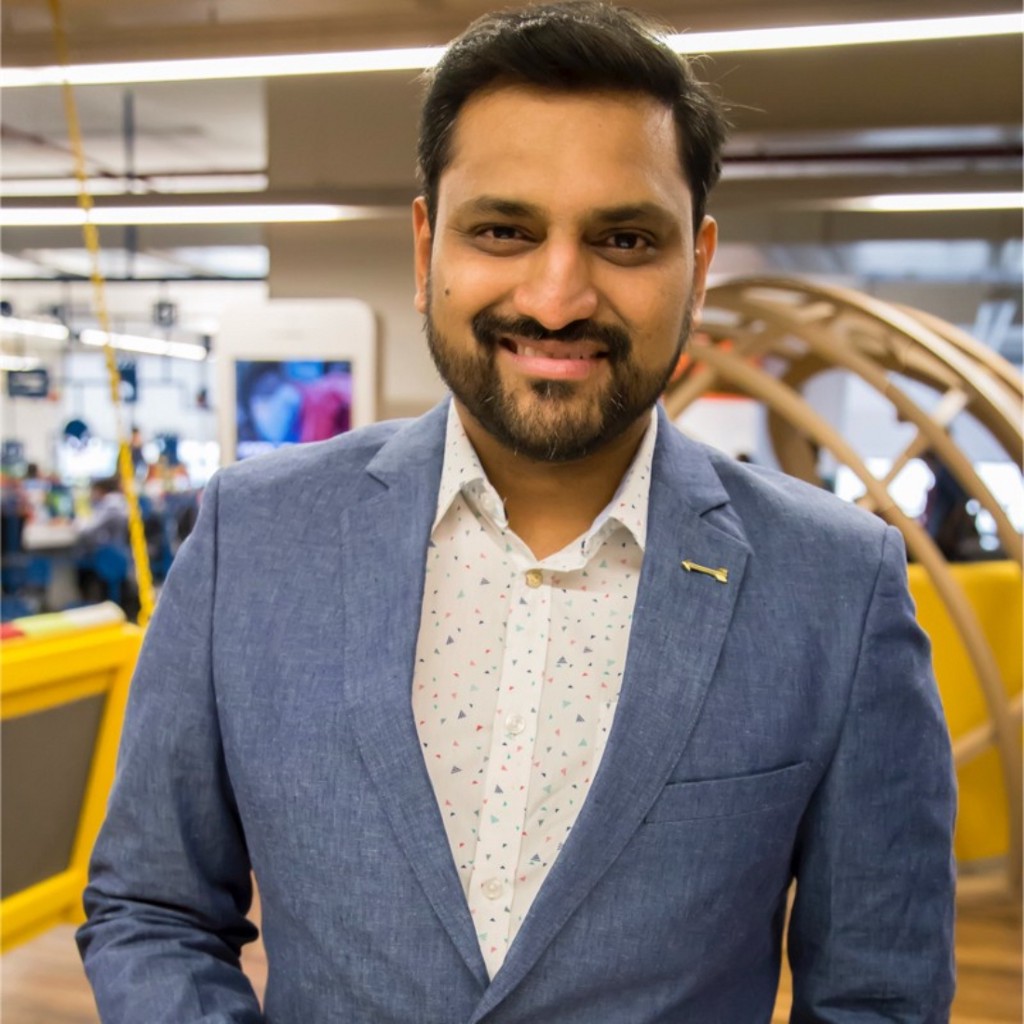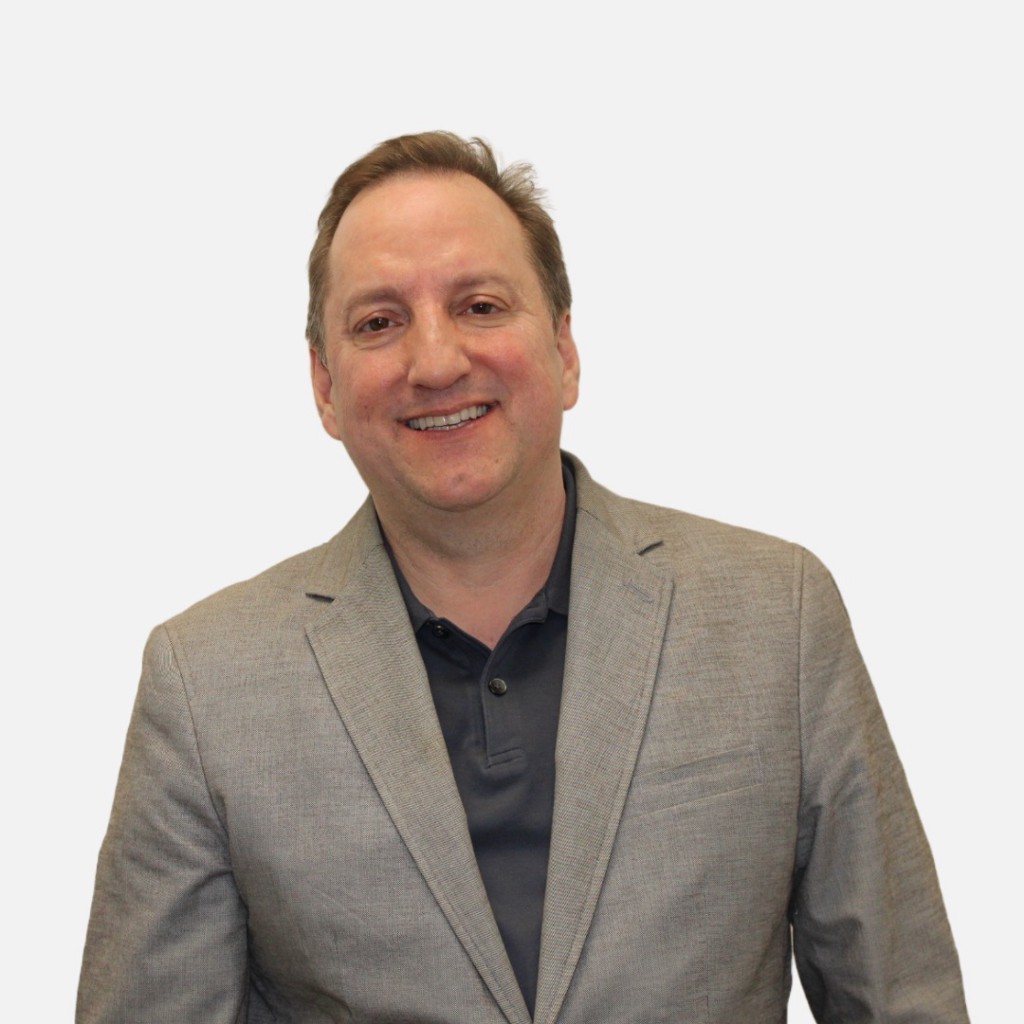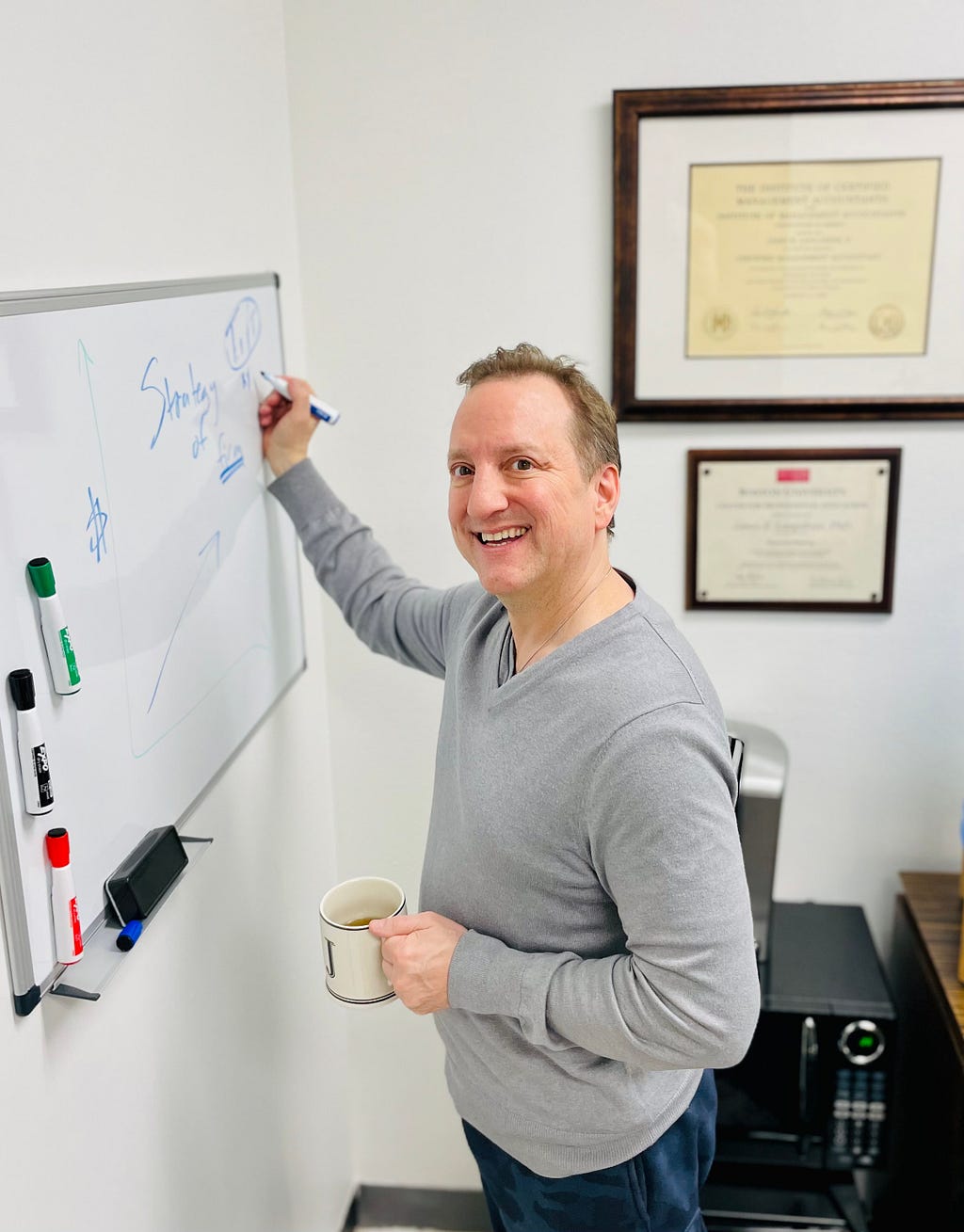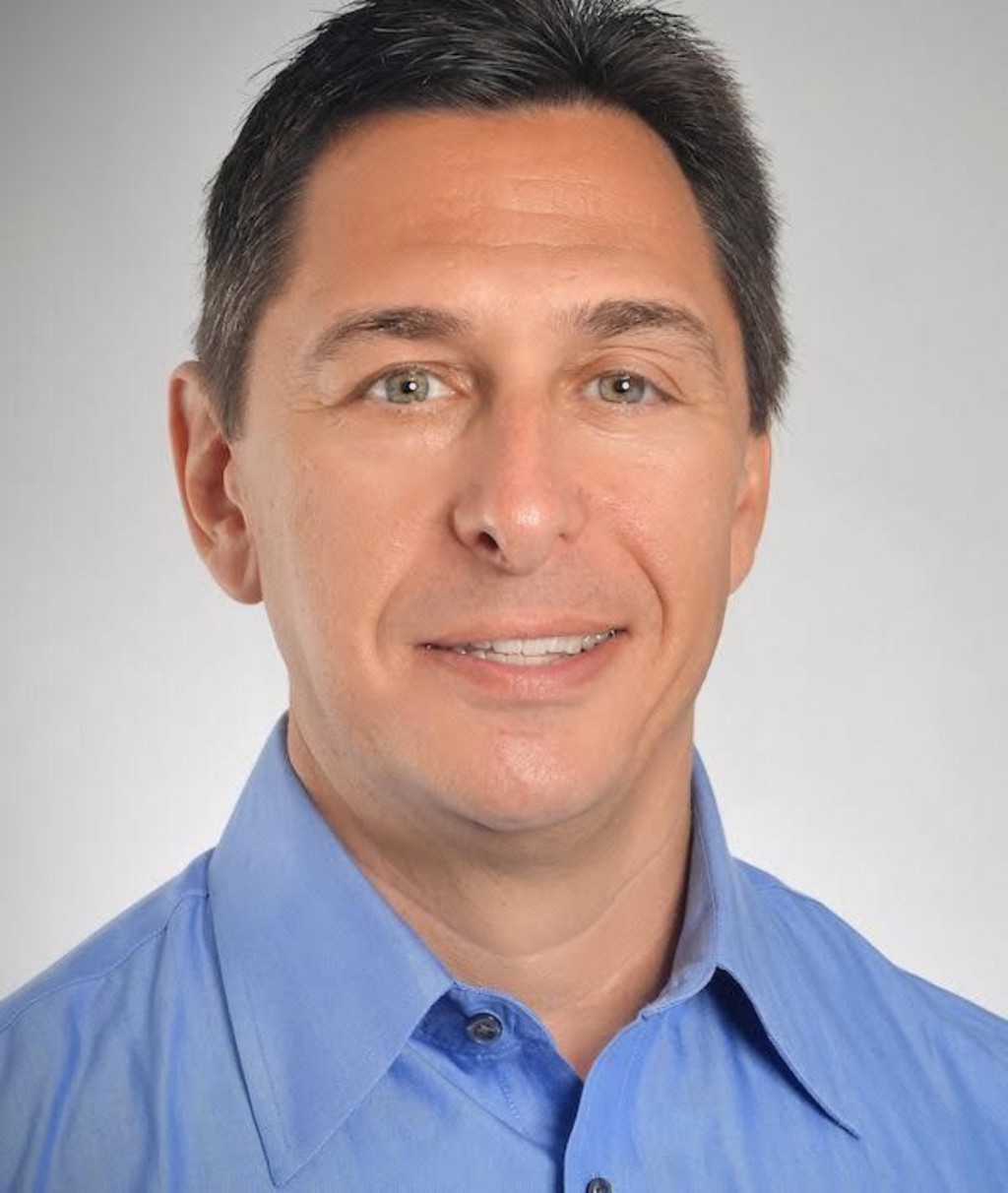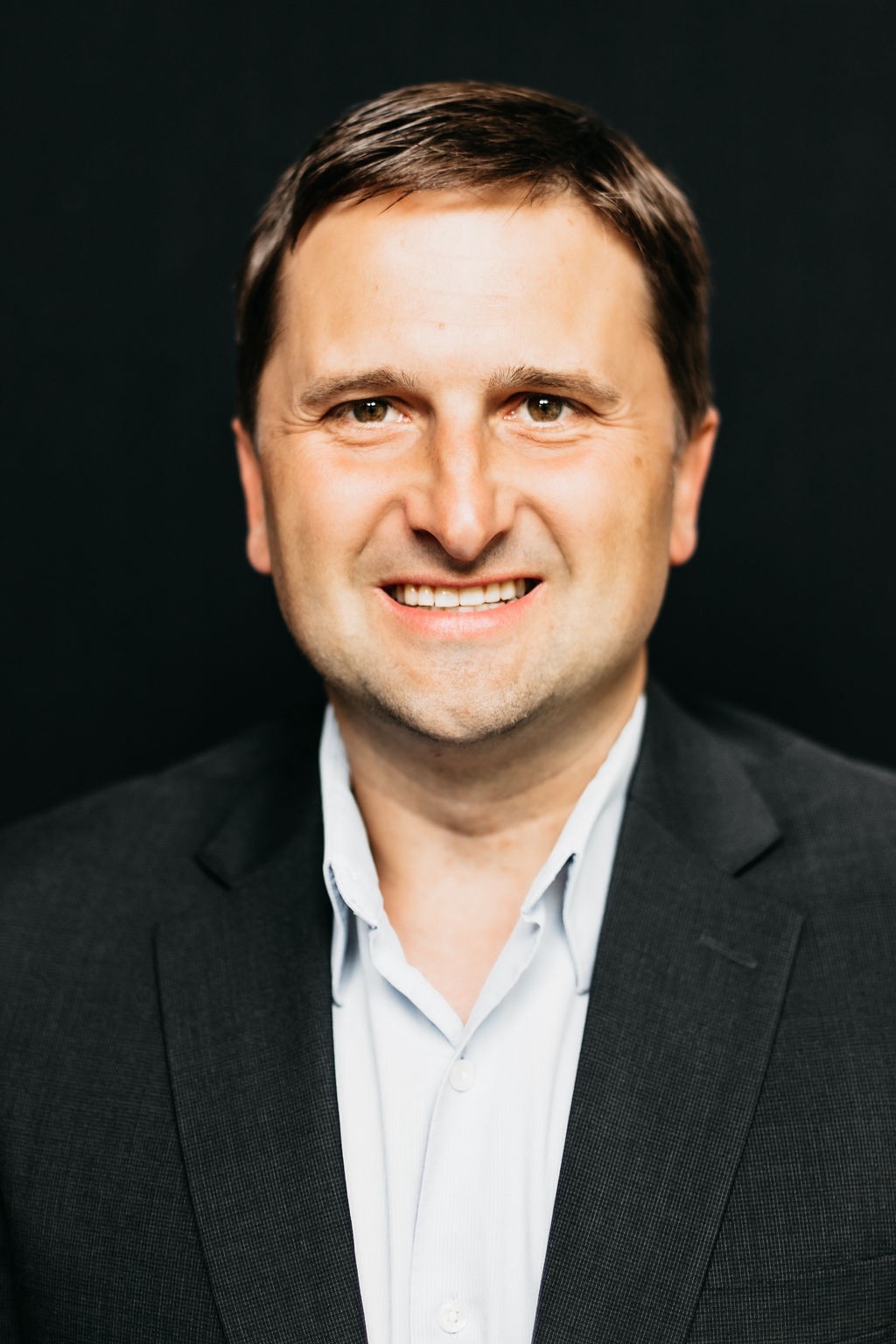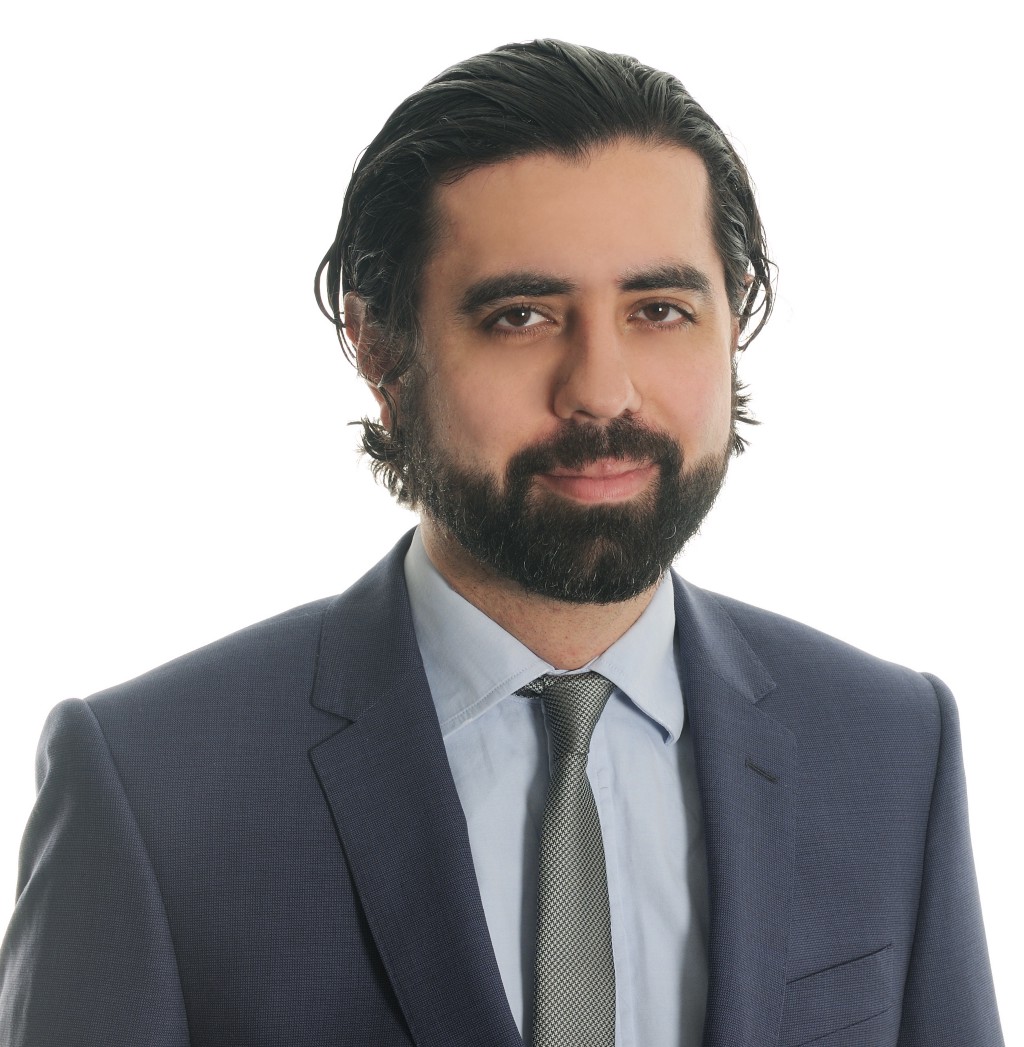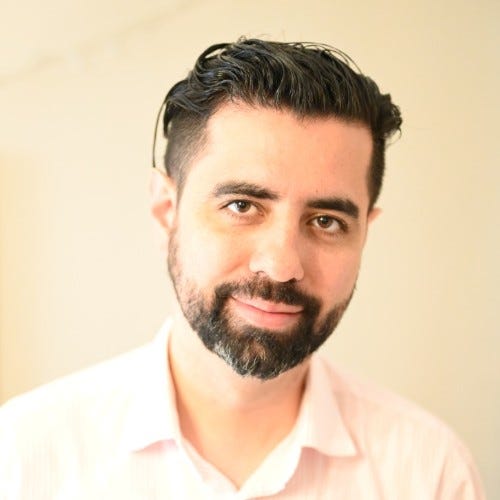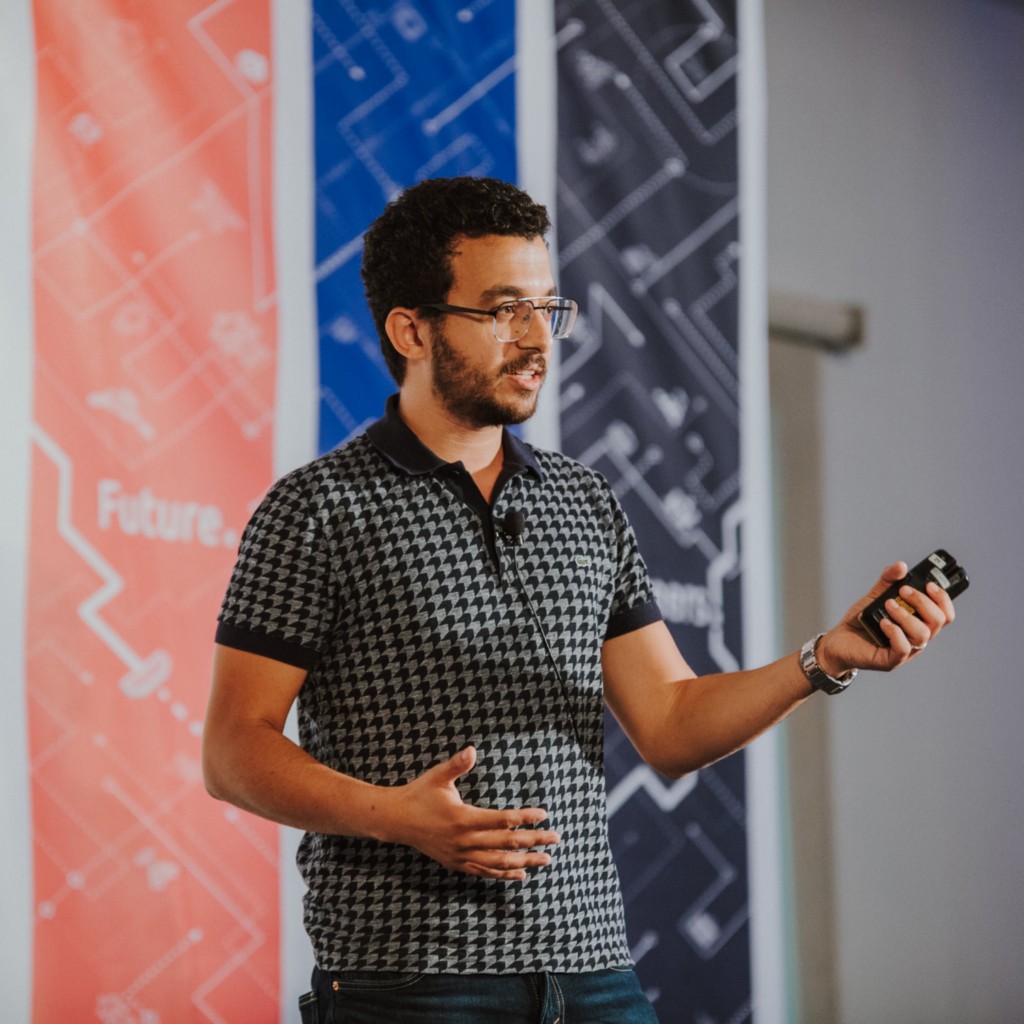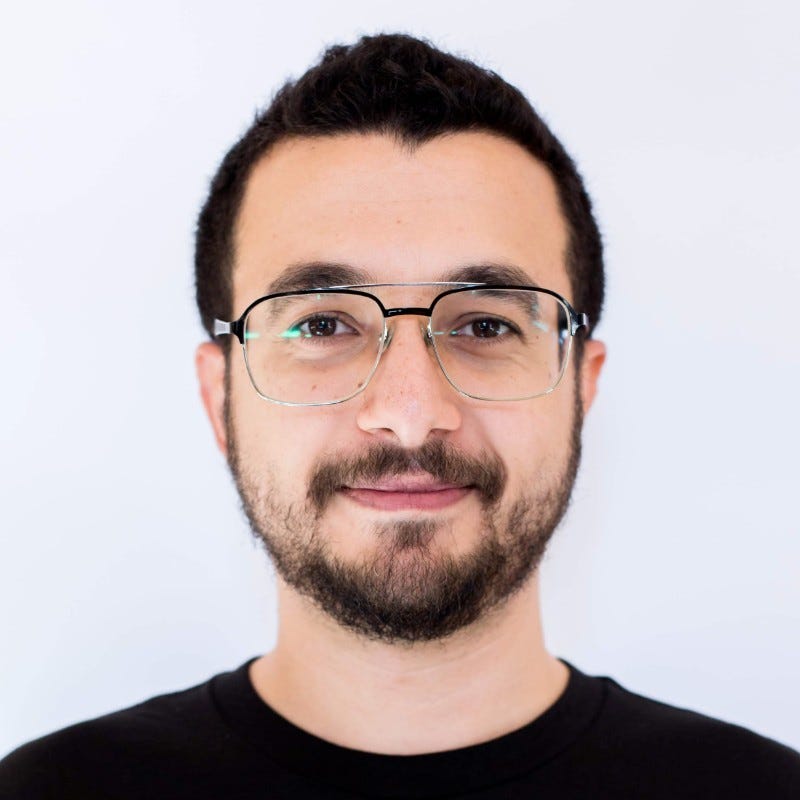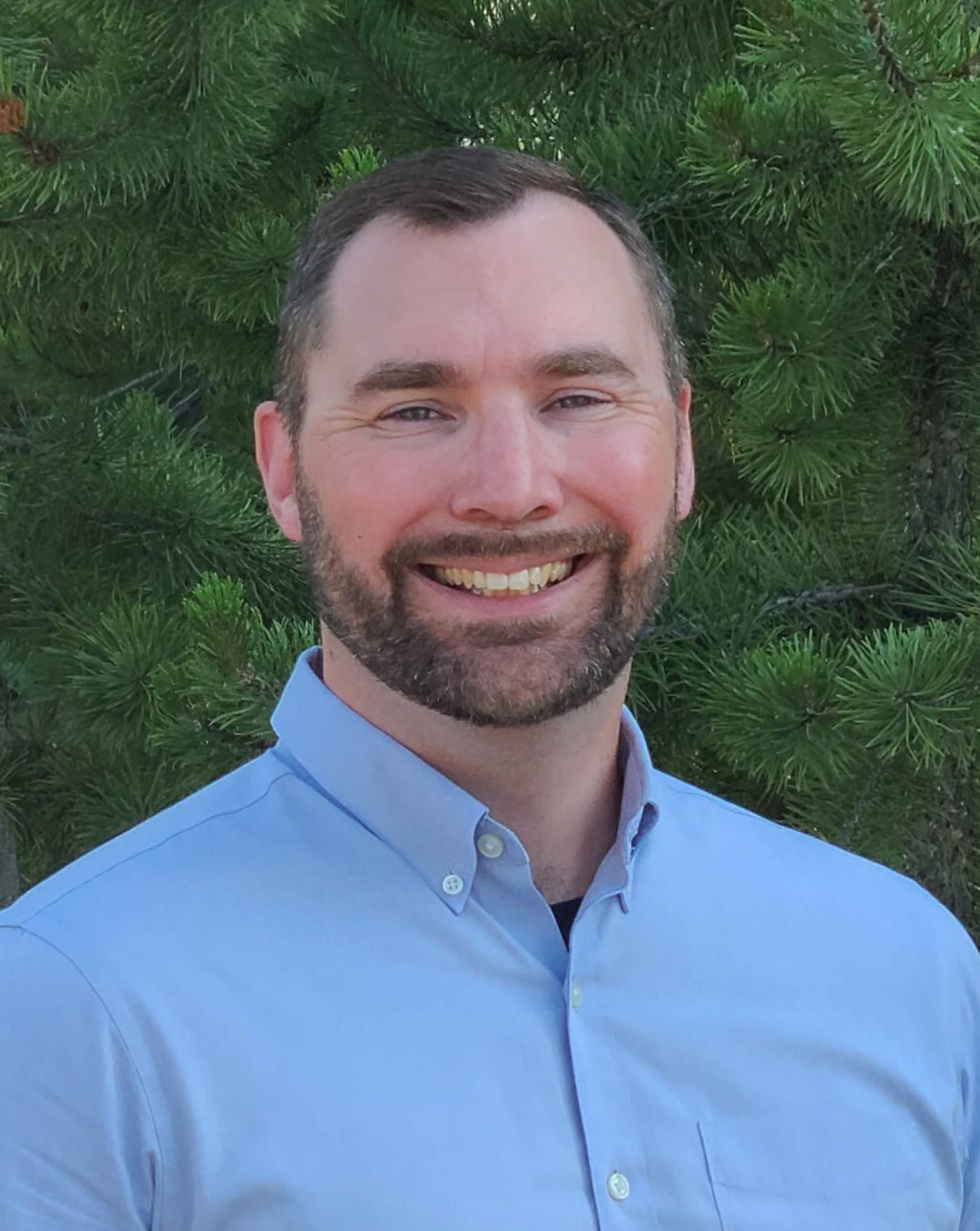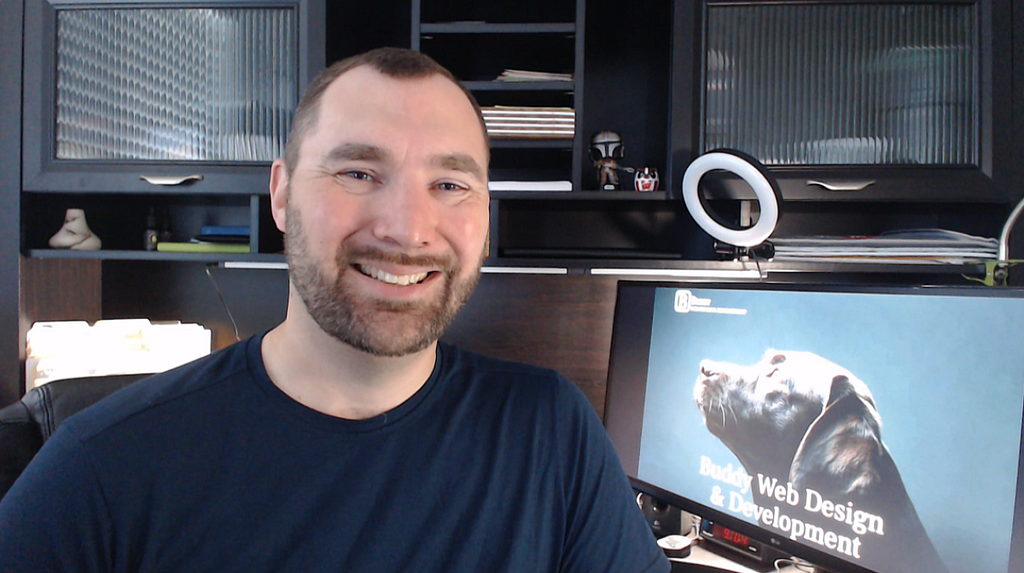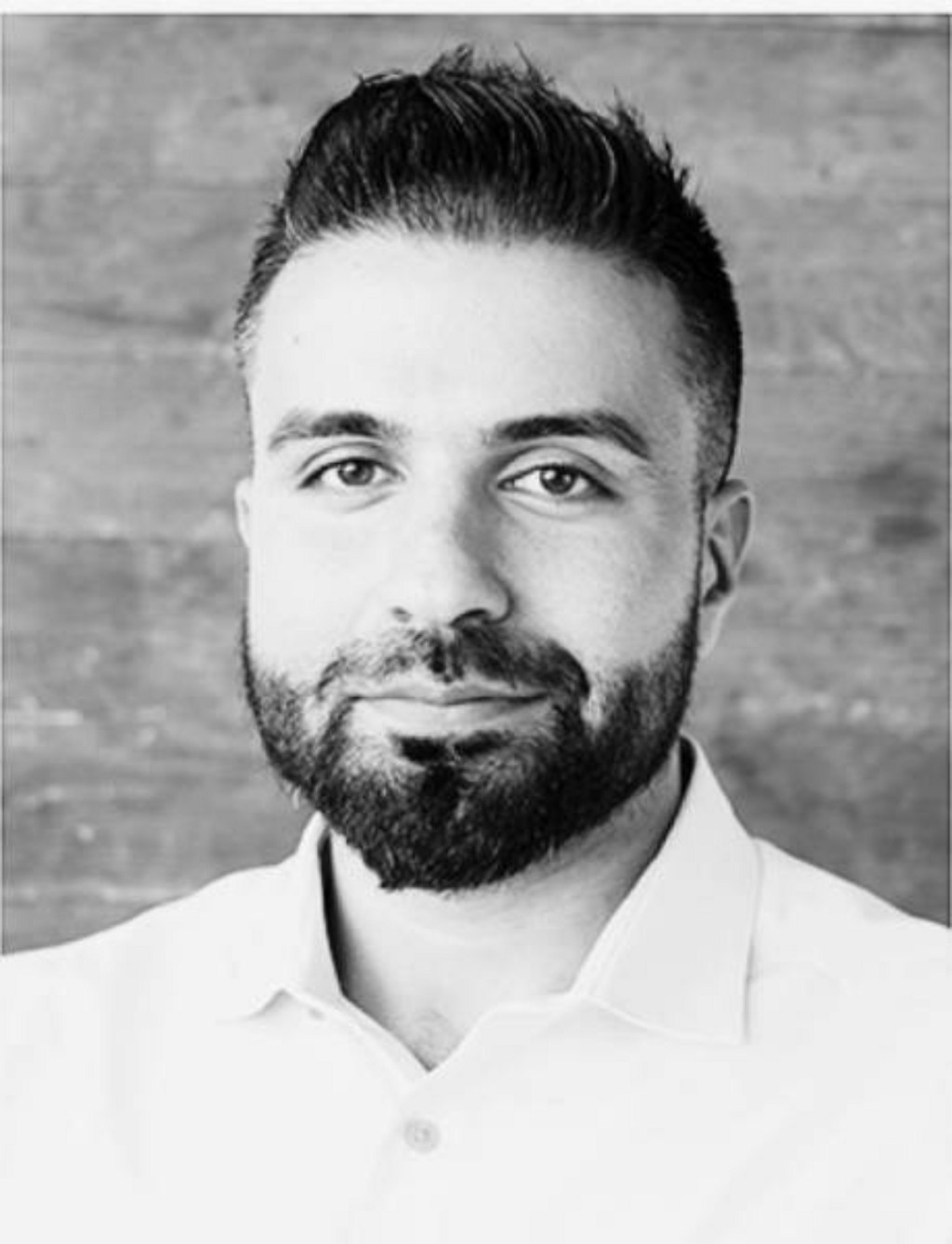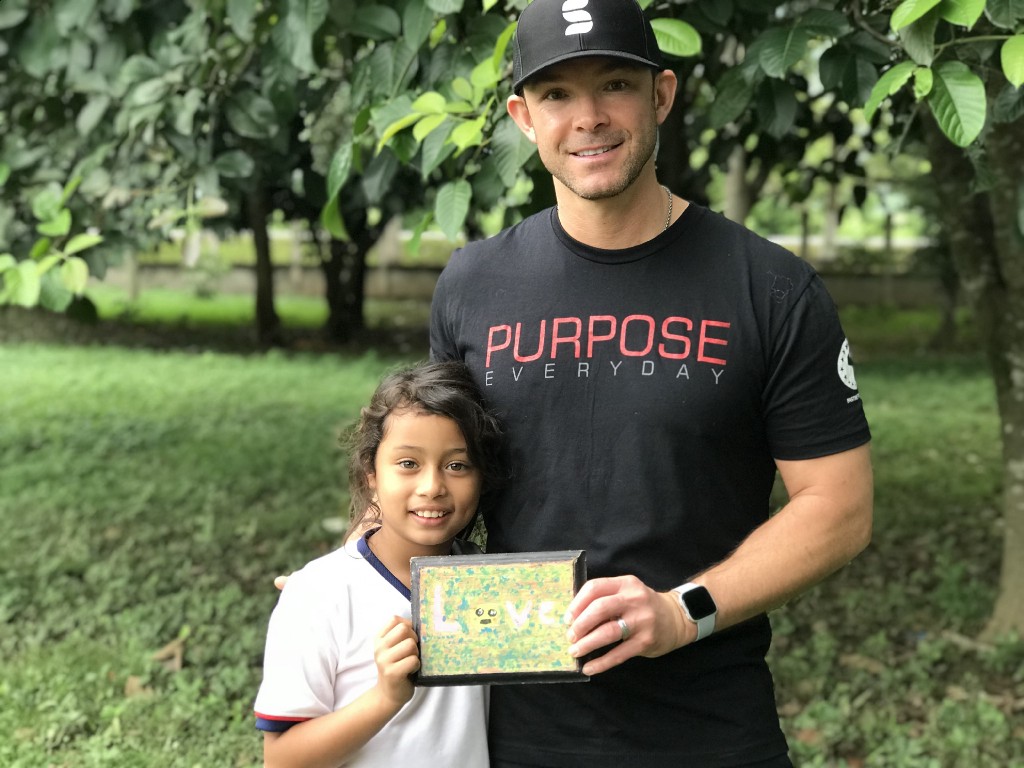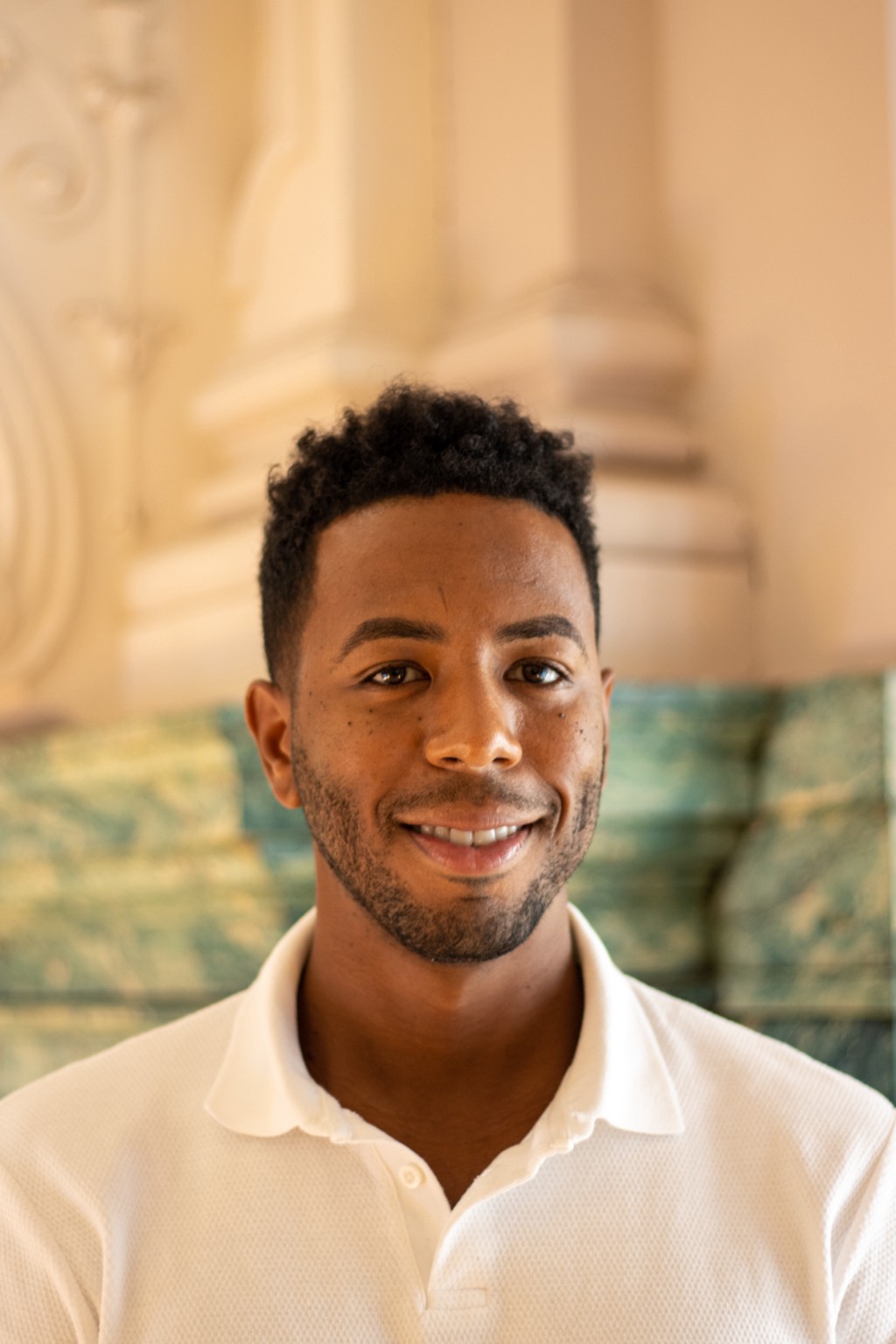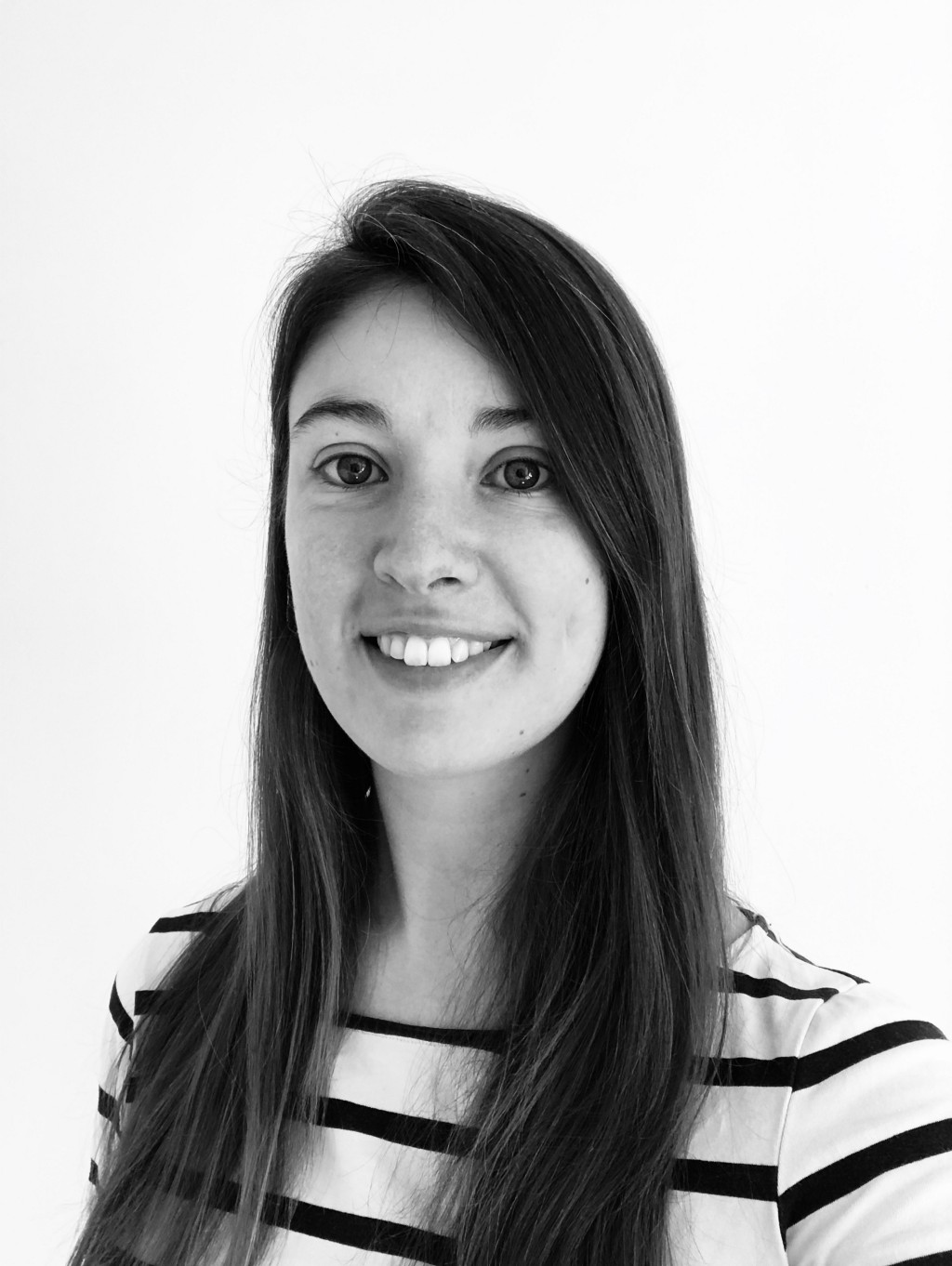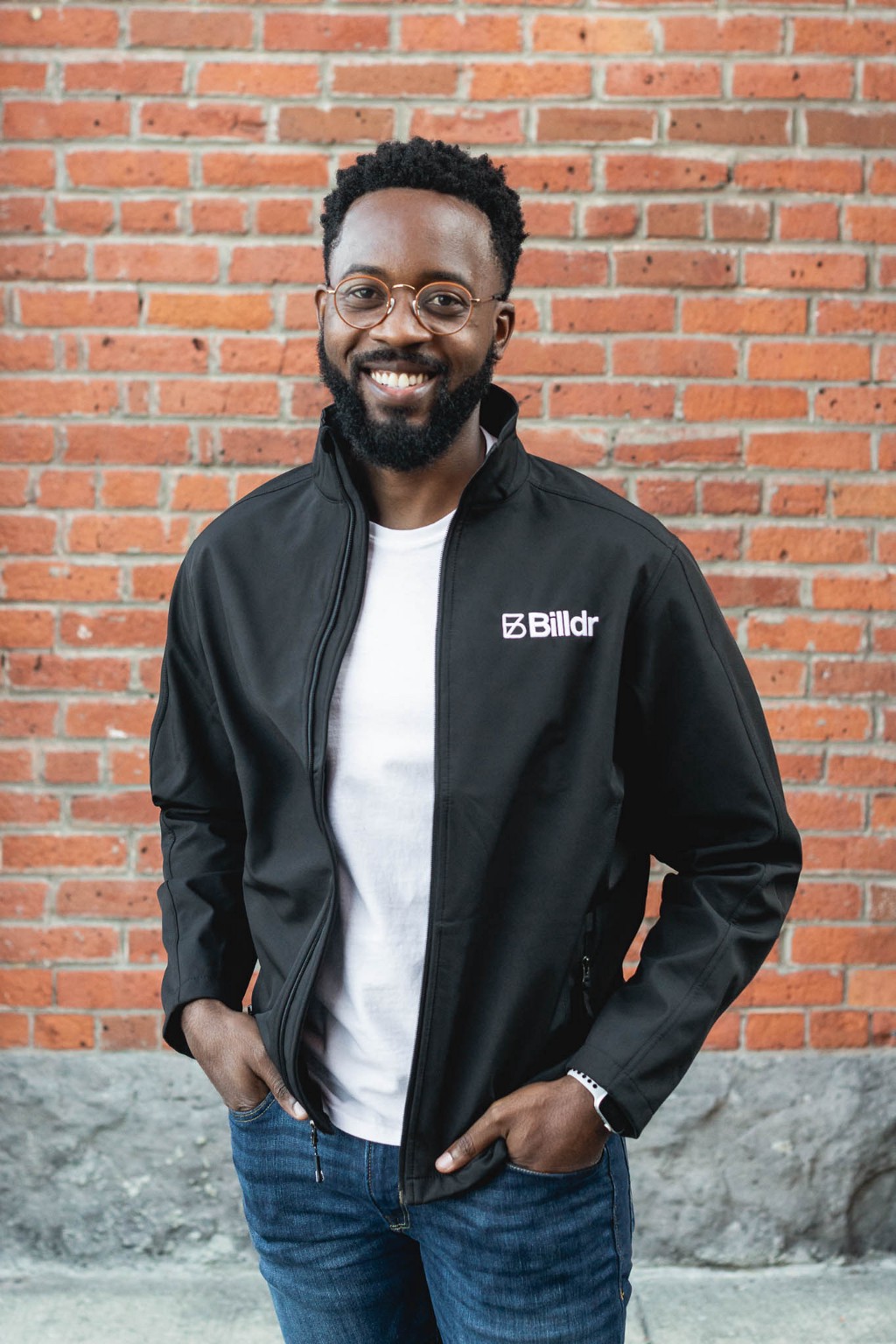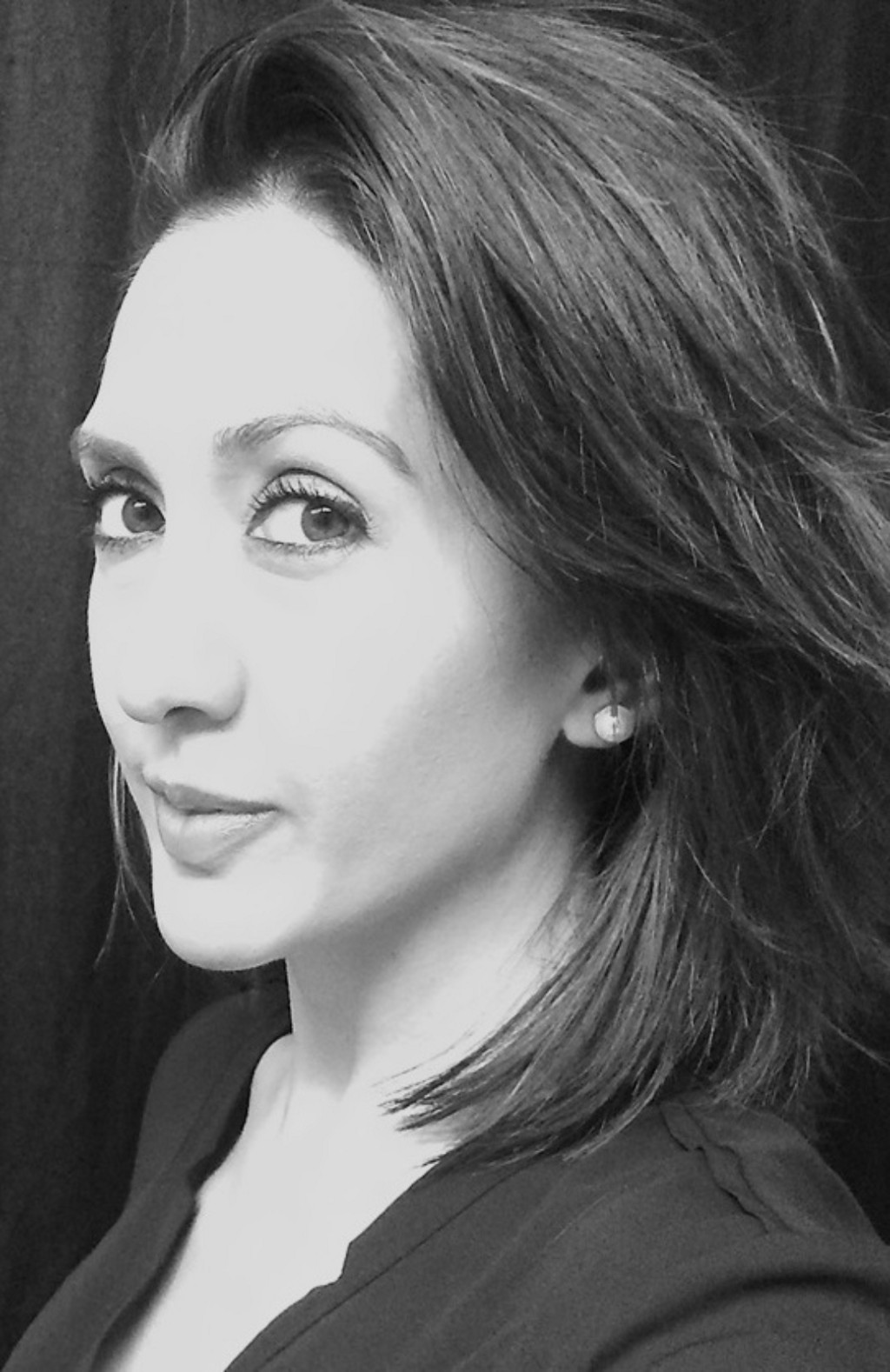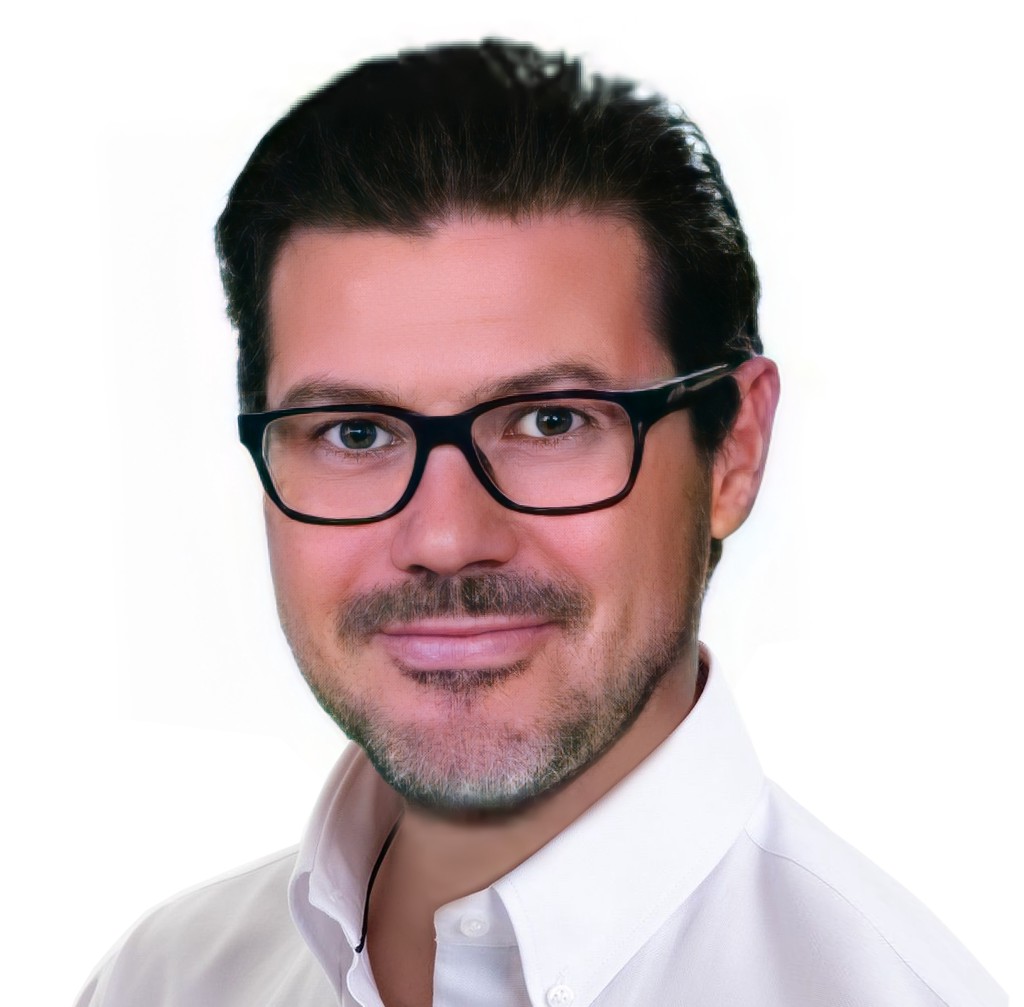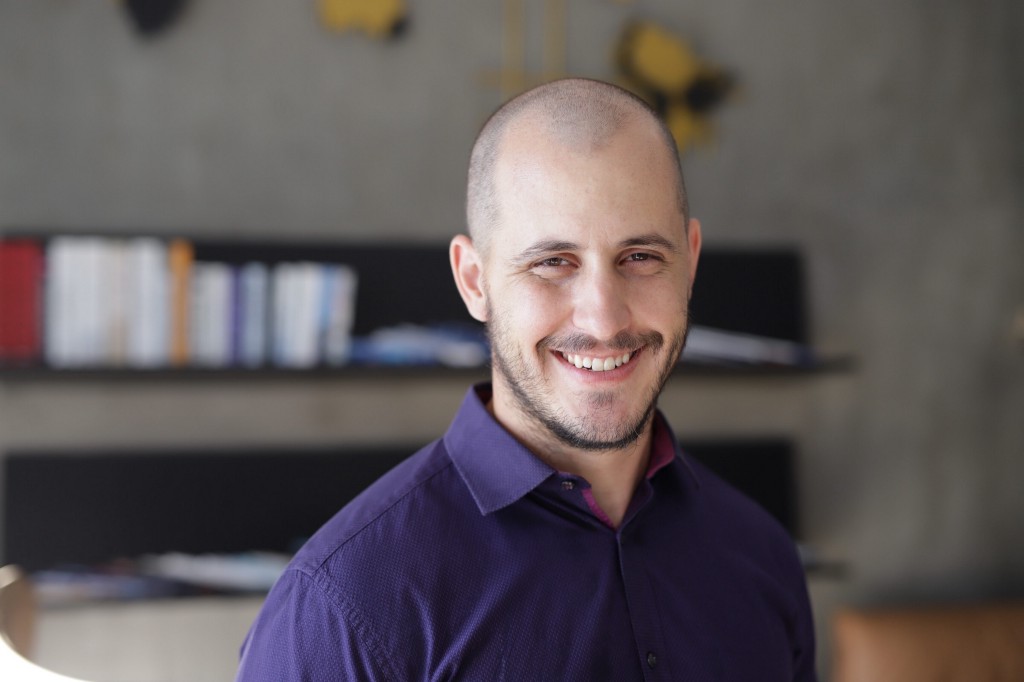An Interview With Fotis Georgiadis
Flexibility: Knowing things don’t always go as planned, being flexible makes it so you can still move forward.
As part of our series about the five things a business should do to create a Wow! customer experience, I had the pleasure of interviewing Pam and Sean Kesterson.
Pam and Sean Kesterson are a mother and son partnership. Both creatives, but function in different roles of the business of wearing many hats.
Hanging a holiday wreath signals the start of the year’s most beautiful season!
Oregon Holiday Wreaths are experts in adorning homes with the region’s best 100% fresh wreaths made with Noble fir, Douglas fir, Incense Cedar, Juniper, red berry ornaments, and pine cones, accented with beautiful handmade bows and ornaments. The wreaths last for months in the right climate and make wonderful corporate gifts, shipped directly to your clients with a handwritten note for the holidays.
Thank you so much for joining us! Our readers would love to “get to know you” a bit better. Can you tell us a bit about your ‘backstory’ and how you got started?
It all started in 1980 — Pam and her friend were hand-painting window signs at a burger restaurant for Halloween. While they were painting, a Property Manager from next door approached them. He asked, “Do you decorate for Christmas? Our mall next door is vacant, and we’re in need of holiday decorations to liven up the space. We want the mall to stand out on the map for other merchants to open their shops here. Interested?”
“Of course,” Pam said. “I’ll come by the mall and give you a bid.”
That night, Pam decided to go for it. She designed out the entire mall for the first time. Pam hand-painted every store window in that mall, while getting help to hang garland and lights on the building. It was a wild success.
Having discussed this idea, she knew different decorations needed to exist. There were already holiday decorations, sure. Holiday lights, too. Yet, nothing out there spoke to them. The current manufactured look of bows and wreaths were safe and unexciting. She envisioned bright, heartwarming, unforgettable experiences for the holidays. She wanted to showcase her own unique style to the world. That winter she started offering decorating services that included design and installation.
Each year, word spread. More projects came in and this idea was now a fun new business. She started decorating for the Portland Trail Blazers and Luxury Theater. It was wild!
As a “Thank you” to each client, she gifted them a holiday wreath to bring home to their families. Year after year, this gift turned into a tradition for each client. Soon enough, they wanted to buy wreaths for their own clients, family, and friends. This extension turned into Oregon Holiday Wreaths.
Today, we continue this tradition. We love this idea and hope our fresh holiday wreaths can bring together fun and happy holidays for the whole family.
Can you share a story about the funniest mistake you made when you were first starting? Can you tell us what lessons or ‘take aways’ you learned from that?
Oooof that’s a great question. Ha! There’ve been a lot of mistakes, some quite frustrating, but I think at the end of day, you end up laughing once the chaos settles.
The ‘funniest mistake’ was overlooking a FedEx pickup. We had the whole house full top to bottom with boxes. I mean, every room. Living room, kitchen, bathroom, and back deck was full of fulfilled wreaths waiting for shipping. It looked like a castle and two of our workers were poking their heads out like kids playing hide and seek. It was hilarious.
That mistake equaled no space to sleep that night until FedEx finally came and picked up the goods. The frustrating part was thinking the truck would come at a certain time, but then realizing later we never set up the appointment with FedEx like we thought we did. They were flexible and arrived later. Thank you FedEx!
None of us are able to achieve success without some help along the way. Is there a particular person who you are grateful towards who helped get you to where you are? Can you share a story?
For me (Sean), I was always looking up to my parents to their will and drive. Those values pushed me to help create Oregon Holiday Wreaths with my family. When we all took the plunge to turn this from hobby to business, I harnessed my parents’ drive and their values. My dad was the business thinker, while my mom (Pam) was the master creator. Without those two, the idea of success wouldn’t have been baked into my head.
I think a cool story has been watching my mom think of these ideas to create. You talk with her in any situation and you can see the engine pistons firing off on all cylinders. Then hours later, a new prototype or invention pops out into reality. Seeing all of these creations from my mom over the years gave me a drive to try and bring in recognition and success for her. Very grateful to watch that blossom over the years.
Thank you for that. Let’s now pivot to the main focus of our interview. This might be intuitive, but I think it’s helpful to specifically articulate it. In your words, can you share a few reasons why great customer service and a great customer experience is essential for success in business?
We’ve always felt community is a big part of our business. Our model is based around the holidays to bring joy to family and friends. When a customer buys from us, they are buying an experience for their homes. A sense and aroma that brings in nostalgia for the holiday season. That’s warm sweaters, a fireplace, candles and family. Our experience extends that feeling of coziness of bringing the family together and welcoming everyone into their homes.
When families are buying from us, they are sharing with us the experience they are looking for. Without customer service before and after the purchase, they may be lost. We strive to have the best customer service and experience possible to help bring in the holidays for everyone.
We have all had times either in a store, or online, when we’ve had a very poor experience as a customer or user. If the importance of a good customer experience is so intuitive, and apparent, where is the disconnect? How is it that so many companies do not make this a priority?
We continue to learn from our mistakes. We’ve had some poor experience first hand and fixing those mistakes for future orders has always been a great learning experience for us. Sometimes a good experience for you isn’t good for the next. We think the disconnect is just that.
We’ve also taken customer feedback as a priority to better enhance the next experience that worked. Some companies overlook this, but customer feedback is very important in learning more about your own company. Both the good and the bad.
Do you think that more competition helps force companies to improve the customer experience they offer? Are there other external pressures that can force a company to improve the customer experience?
We’ve always felt competition is good. It’s confirmation you are creating a good product that folks want. That affirmation is great for us. If it turns into an oversaturated market that is producing bad outcomes, that’s when the experience can get poor.
Sometimes the external pressures of fast returns (free shipping and getting something that exact day) can add to some anxiety. Not every company is Amazon and we feel that creating a premium product takes time. That elbow grease is our bread and butter.
Can you share with us a story from your experience about a customer who was “Wowed” by the experience you provided?
Our ‘wow’ experience seems to happen on arrival. When you are looking around online or even in person to buy a wreath, the price difference can be pretty big. If you buy from a big box store, those wreaths can be very cheap, but the quality is poor. They refrigerate wreaths to preserve them but the wreaths aren’t very full. By full, we mean how thick and lush the wreath is.
When folks receive our products at home, the ‘wow’ is typically, “I can’t believe how beautiful and full the wreath is! We are blown away.”
Those moments have brought back repeat customers year after year. Once you see it in person, you are hooked.
Did that Wow! experience have any long term ripple effects? Can you share the story?
It’s had a long-term effect for us. Our whole business has grown from repeat customers and word of mouth. One family has a holiday party, and the, “where did you get this wreath?” had an effect that has rippled down to more customers buying. It’s been monumental for us.
Ok, here is the main question of our discussion. Based on your experience and success, what are the five most important things a business leader should know in order to create a Wow! Customer Experience. Please share a story or an example for each.
Perfection: Have the freshest cedar boughs cut at the optimum time so they won’t wilt. This helps all our products to last the entire season for our customer’s enjoyment. This perfection is our top priority.
We also strive to have all the greenery and all the decorations flawless without wires poking out, ornaments misplaced, tails falling off a bow, or anything just thrown together.
We want all of our products to bring holiday joy to friends and family. That keeps us going every day 🙂
Goals and Teamwork: Creating company goals and forecasting. Before the partnership between Sean and Pam was created, Pam had goals, but they were all in her creative head. Sean brought them to reality by forming the business, complete with forecasts, budgets, financing, company meetings, networking, and full-on project management. Business forecasting helps goal-setting and for us to flow as a team.
Gratitude: Practicing thankfulness daily primes the pump for unlimited ideas. To be thankful for the smallest thing seems to make more ideas grow. This is the thankfulness effect. It’s a ripple of appreciation and acknowledgment that bursts forward, changing and inspiring us, refining our purpose, and pushing the boundaries; allowing us to do the right thing.
Compromise: Learning how to listen to both sides and develop a compromise if need be is a helpful tool for growth and functioning as a business where everybody is a valuable part of the team and has so much to offer by his or her gifts and special talents.
Flexibility: Knowing things don’t always go as planned, being flexible makes it so you can still move forward.
Are there a few things that can be done so that when a customer or client has a Wow! experience, they inspire others to reach out to you as well?
It all starts with the website or advertisement. The quality of the pictures and words captivate the viewer and they are compelled to act.
Any communication before or after a sale will reinforce that this is a great company to work with from the get-go.
We feel once the wreath box arrives, all of our customer’s expectations are confirmed as they open the box and the fresh aroma of cedar and juniper wafts out filling the room with the season! Along with the wreath, a personalized note stands out as a warm touch. If the wreath has a bow, then its tails are rolled up and tucked inside bow loops so creases and wrinkles cannot happen during the shipping process. Lastly, a beautiful hand-designed instruction sheet tells the recipient how to unleash the bow tails for a stunning effect, and how to keep the greens fresh all season long.
The packaging is simple, but crucial because as the recipient opens the box our goal is to instantly create a “Wow!” experience. The wreath or greenery is in perfect shape. The aroma reaches out and transfers a piece of the great Northwest into a fresh fragrant experience. The handwritten note connects the person to another in a captivating way. Lastly, the instructions walk them through step by step how to release the tails of the bow and twirl them down the wreath as if they had just been made. We love different venues like Etsy where customers can leave a review with pictures and their “Wow!” experience. We also have clients and customers that send out a live Christmas card each year. It seems like our repeat customers’ Christmas cards list grows each year as the word gets out. It’s a great way for them to send a personalized note to the giftee and create many, many wows. It’s the most organic way we’ve grown our business — the wreaths and word of mouth.
My particular expertise is in retail, so I’d like to ask a question about that. Amazon is going to exert pressure on all of retail for the foreseeable future. New Direct-To-Consumer companies based in China are emerging that offer prices that are much cheaper than US and European brands. What would you advise retail companies and eCommerce companies, for them to be successful in the face of such strong competition?
From a shipping perspective, we’ve felt pressure from Amazon from day one. The “free-shipping” mentality that we’ve all grown accustomed to has directly affected us and our pricing model. Shipping is so expensive, we can’t offer that to our customers. This model can push future customers away as they have to pay extra for shipping.
For us price and quality are hand in hand. If there is an outside competitor producing cheaper products, it typically means they aren’t as premium. For us, all of our products are grown and produced locally here in Oregon. Outside companies abroad can produce synthetic wreaths, but the fresh quality and experience we offer, outperforms all outside competitors abroad.
That being said, we don’t mind competition. We feel competition is good for the economy and helps weed out the good and the bad. Over the years, that strive for perfection has helped build our brand from the ground up.
Our advice is to build community and a premium brand. If you create a premium product that folks love, cheaper, knockoff brands will only live in the short term. We always recommend looking 50 years into the future to build something great.
We feel there is no substitute for the real thing, hand made from greens in the Northwest. There is no way to “knock off” something that is real and fresh.
You are a person of great influence. If you could start a movement that would bring the most amount of good to the most amount of people, what would that be? You never know what your idea can trigger. 🙂
Outside of our company ethos of sustainability, we strive to live that firsthand in our daily lives. The closest movement we live by is ‘go green,’ with a zero-waste attitude. The simplest way we’ve found to utilize this in a fun way is a neighborhood garden. Years back, Pam started a front-yard garden to grow her food. The neighbors were so impressed they began a garden as well. Years later, the whole neighborhood started planting gardens in their front yards.
It’s been a really fun way to build community in the neighborhood, along with growing our food and building new friendships. This going green mentality helps in a small way, but everything counts. These zero waste ideas and attitudes also follow into our business culture and ideals.
How can our readers follow you on social media?
The best way is to sign up for our newsletter on our website, along with following us on Etsy. We like to email out promo codes and new products that we release to our subscribers first hand.
Website: https://oregonholidaywreaths.com/
Etsy: https://www.etsy.com/shop/oregonholidaywreaths
Instagram: https://www.instagram.com/oregonholidaywreaths/
Facebook: https://www.facebook.com/oregonholidaywreaths
This was very inspiring. Thank you so much for joining us!
Pam and Sean Kesterson Of Oregon Holiday Wreaths On 5 Ways To Create a Wow! Customer Experience was originally published in Authority Magazine on Medium, where people are continuing the conversation by highlighting and responding to this story.

